The 3rd and last crewed objective to the Skylab spaceport station, Skylab 4, got underway on Nov. 16, 1973, with a thunderous launch from NASA’s Kennedy Space Center (KSC) in Florida. Docking 8 hours later on, astronauts Gerald P. Carr Edward G. Gibsonand William R. Pogue started a prepared 56-day objective that program supervisors encompassed a record-breaking 84 days. Throughout their very first month, as they got used to weightlessness and their brand-new environments, they finished the very first of 4 spacewalks. They started a comprehensive science program, examining the impacts of long-duration spaceflight on human physiology, taking a look at the Sun, carrying out observations of the Earth, along with innovation and student-led experiments. They started their organized observations of just recently found Comet Kohoutek as it approached the Sun.
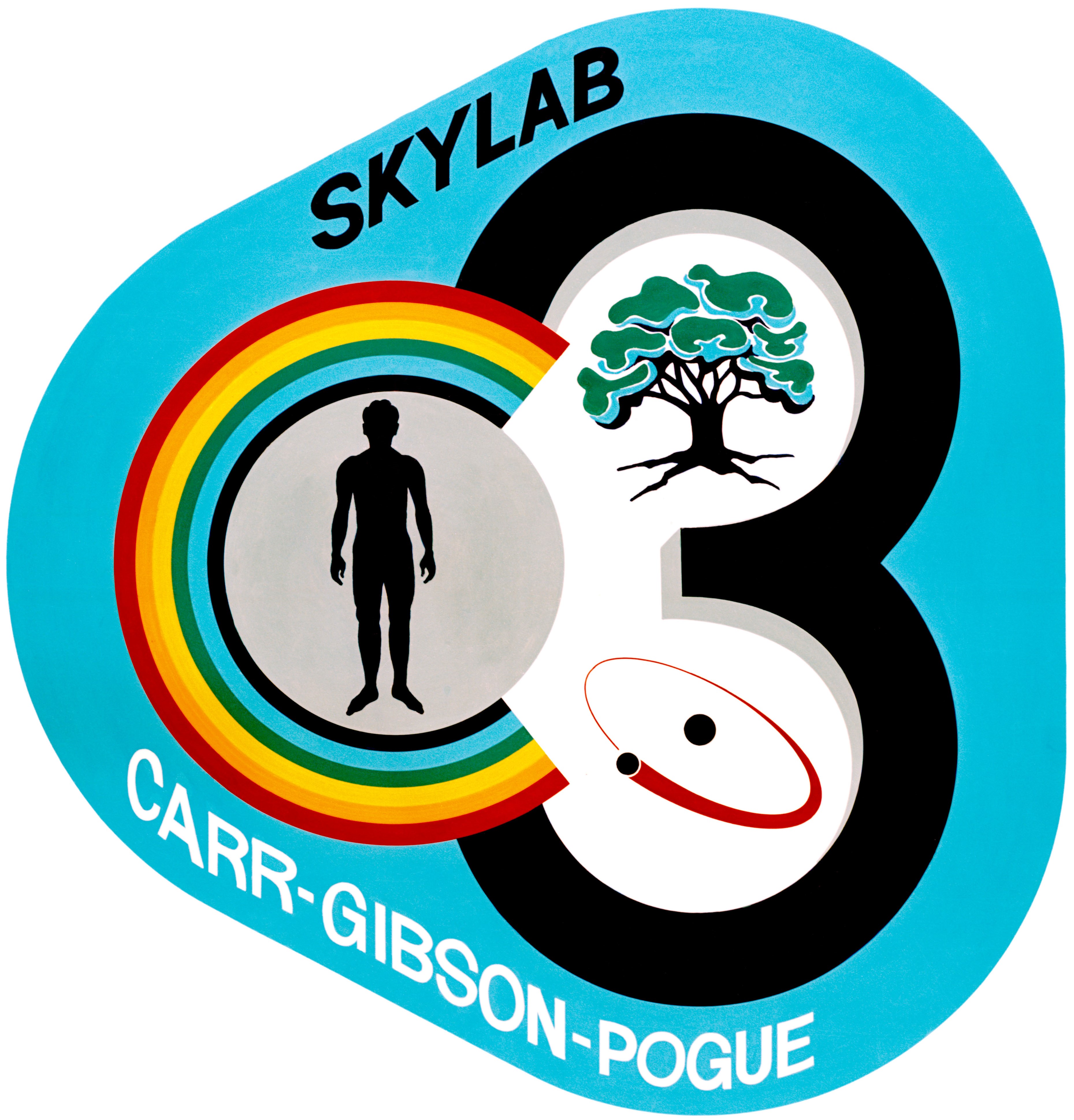
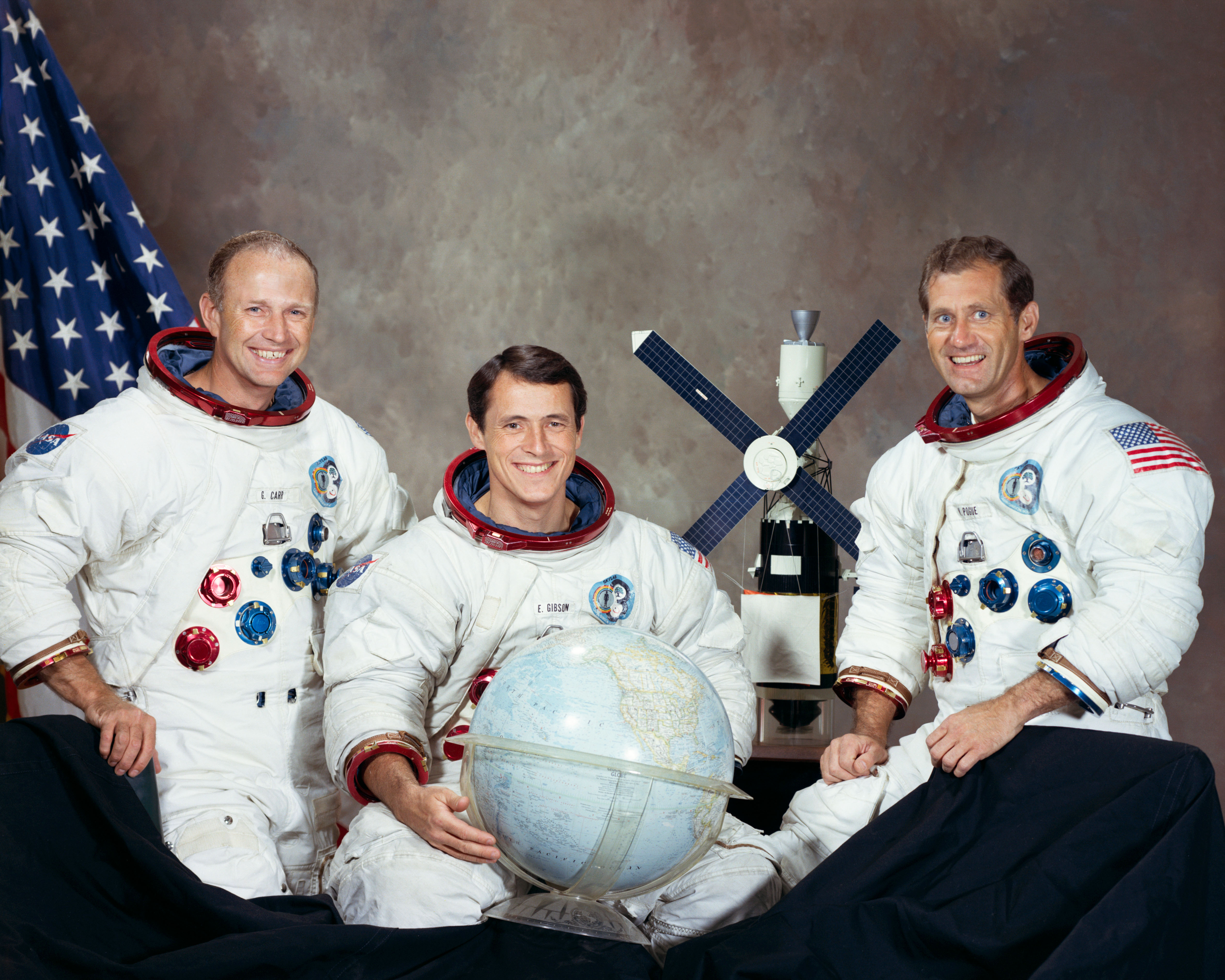
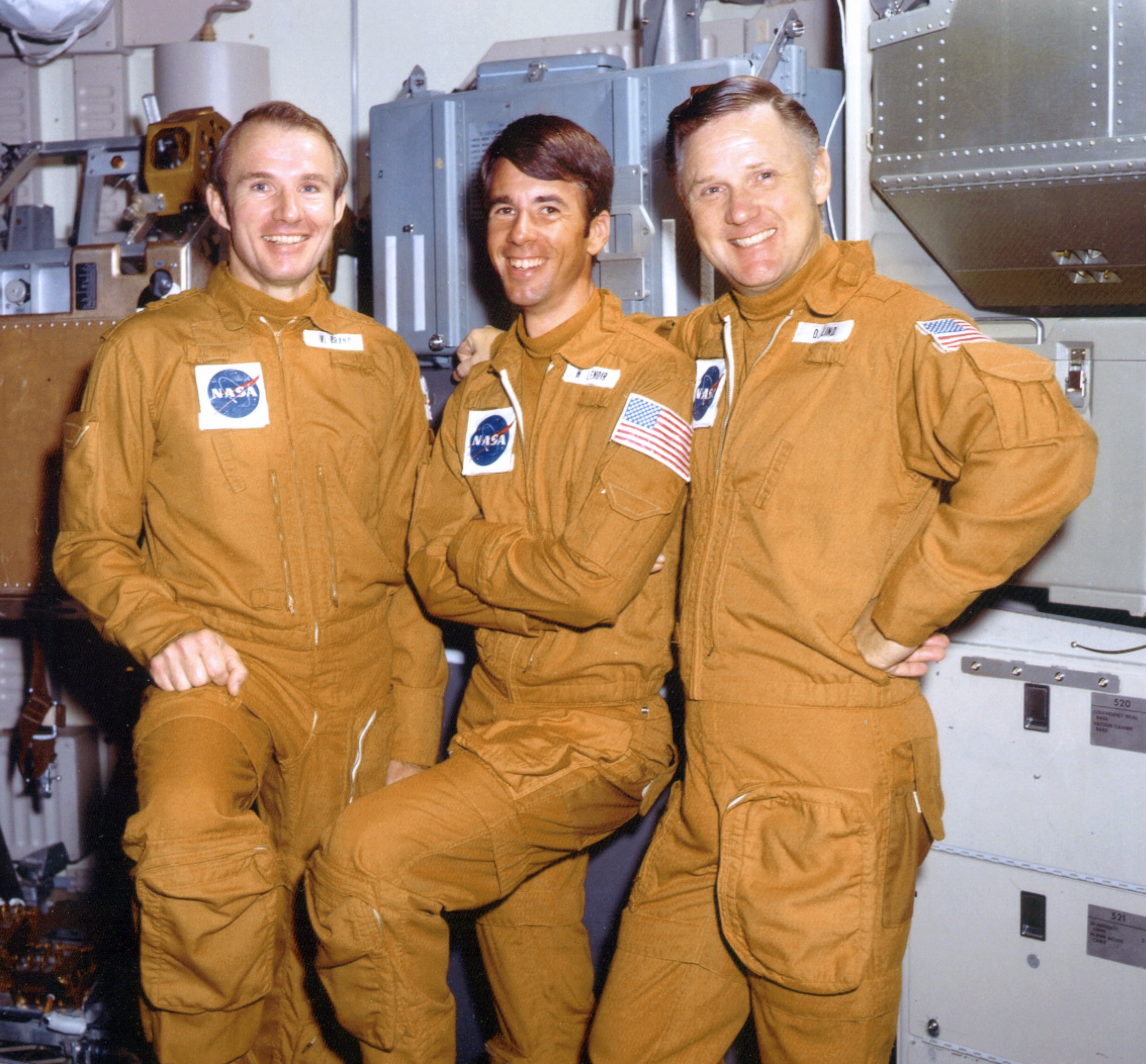
Left: Crew spot of the 3rd and last crewed objective to Skylab. Middle: Official picture of the Skylab 4 team of Gerald P. Carr, left, Edward G. Gibson, and William R. Pogue. : The Skylab 4 backup team of Vance D. Brand, left, William B. Lenoir, and Don L. Lind.
In January 1972, NASA revealed the astronauts it had actually chosen for the Skylab program. For Skylab 4, the 3rd crewed objective and at the time prepared to last 56 days, NASA called Carr as leader, Gibson as science pilot, and Pogue as pilot to function as the prime team, the very first all-rookie prime team given that Gemini VIII in 1966. For the backup team, NASA designated Vance D. Brand William B. Lenoirand Don L. Lindwho likewise functioned as the backup team for Skylab 3Brand name and Lind would function as the two-person team for a possible rescue objective.
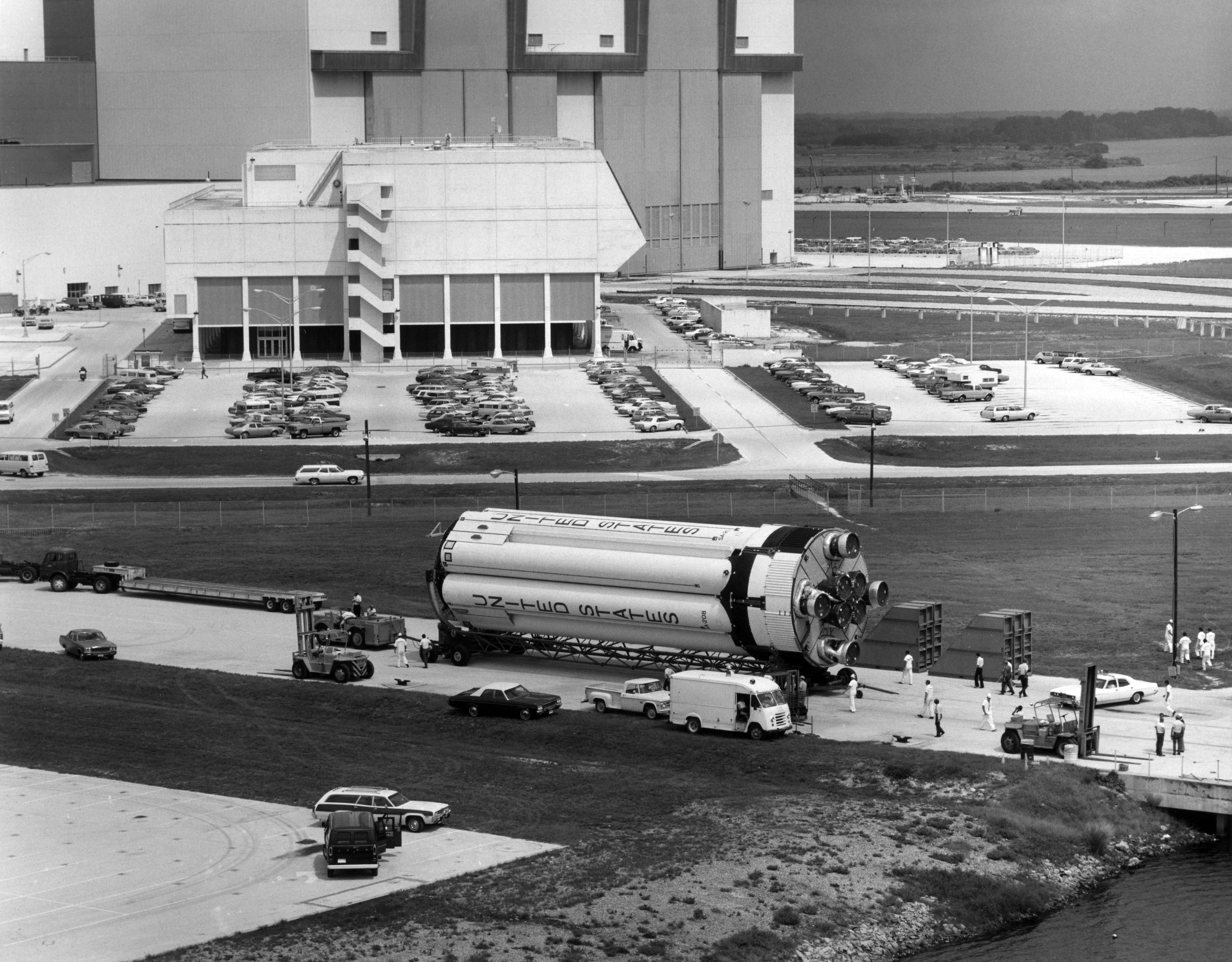
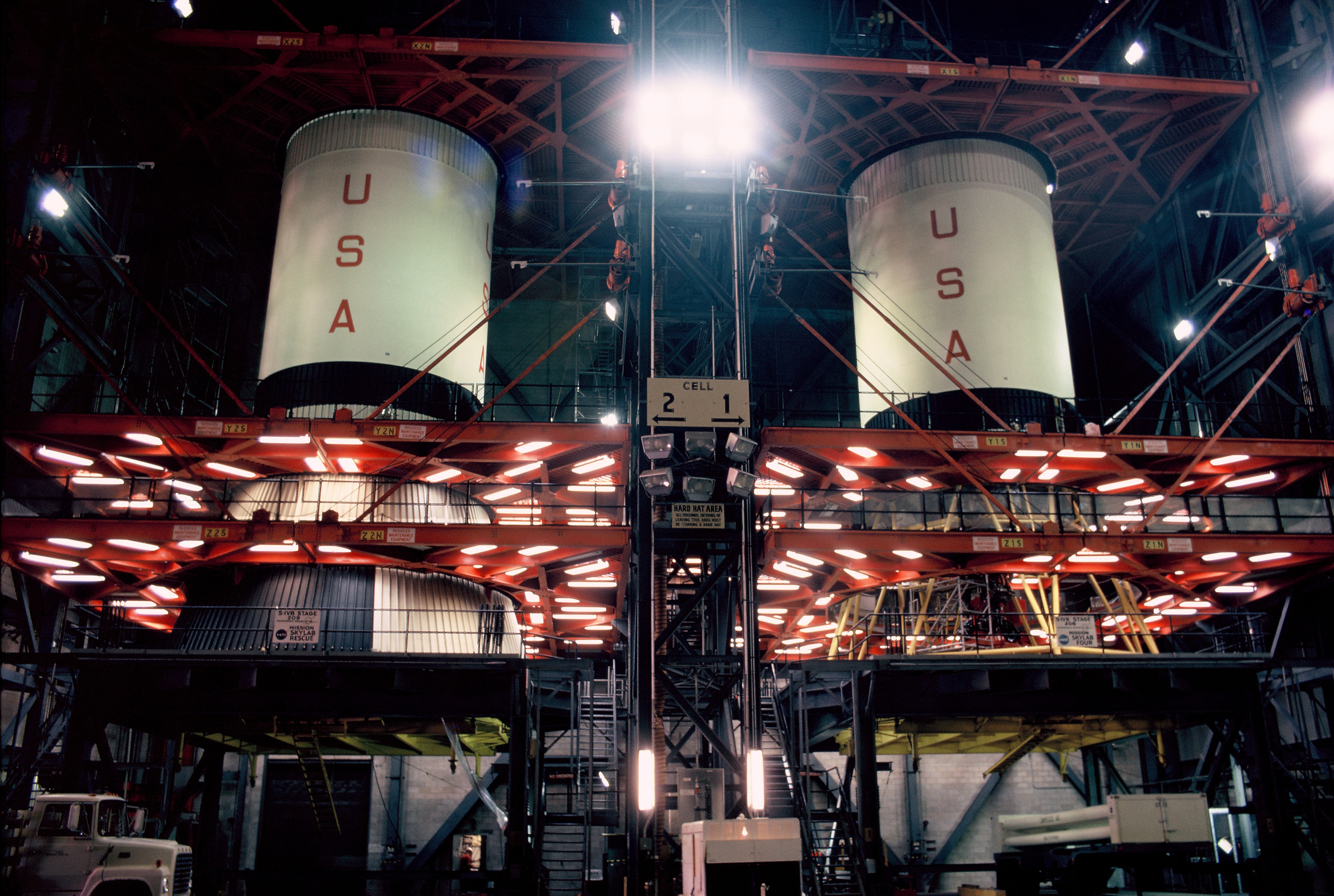
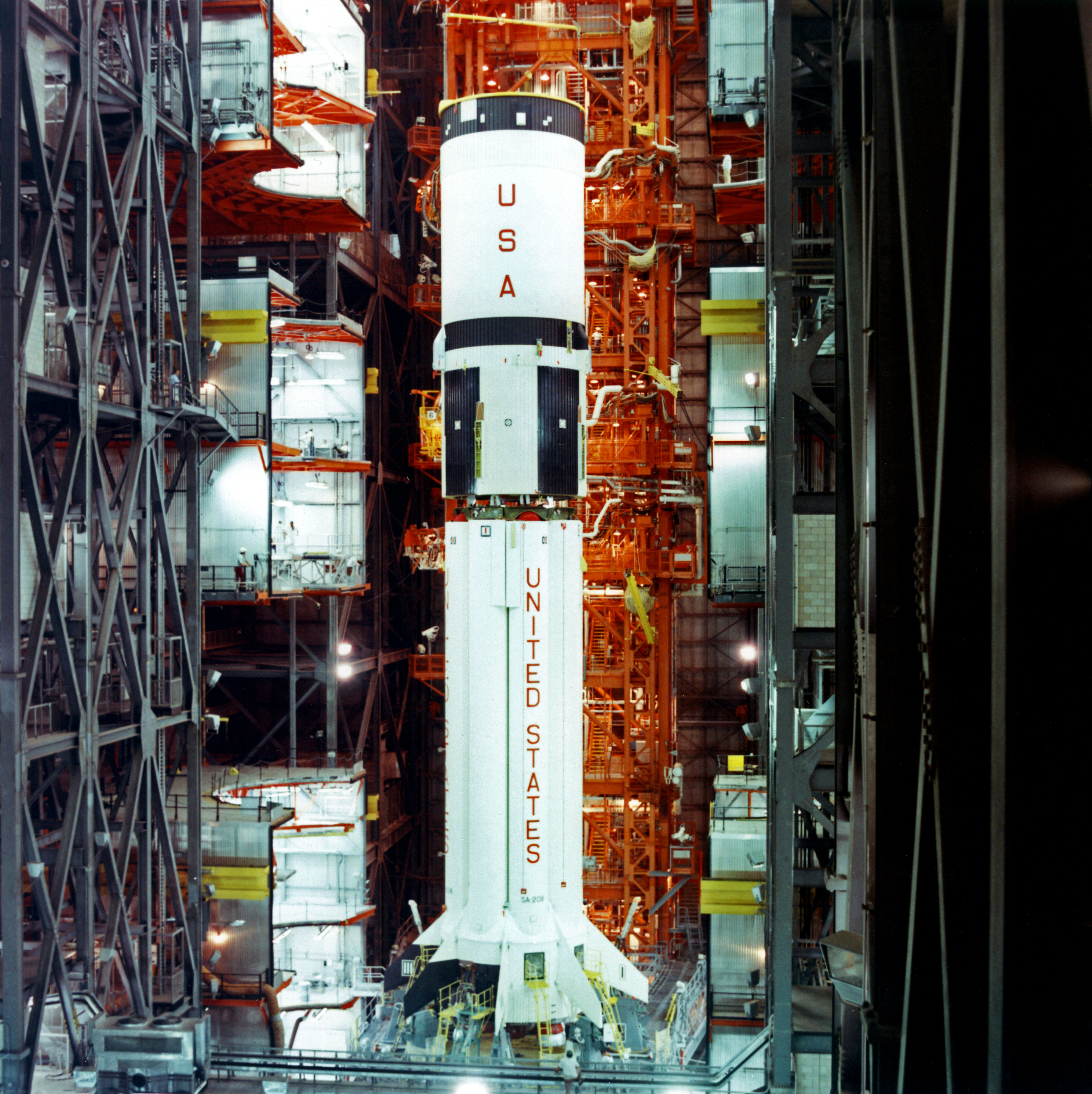
Left: The S-IB very first phase for the Skylab 4 objective’s SA-208 Saturn IB rocket reaches the Vehicle Assembly Building (VAB) at NASA’s Kennedy Space Center in Florida. Middle: The 2 S-IVB 2nd phases for the Skylab 4 SA-208 rocket, right, and the SA-209 Skylab rescue rocket sit side by side in the VAB. : Workers in the VAB stack the 2nd phase onto the very first phase for the Skylab 4 Saturn IB.
Preparations at KSC for the Skylab 4 objective started on Nov. 4, 1971, with the arrival of the S-IVB 2nd phase of the SA-208 Saturn IB rocket. Employees positioned it in long-lasting storage in the Vehicle Assembly Building (VAB). The rocket’s S-IB very first phase got here on June 20, 1973. Employees in the VAB installed it on Mobile Launcher 1 on July 31, including the 2nd phase later on that very same day.
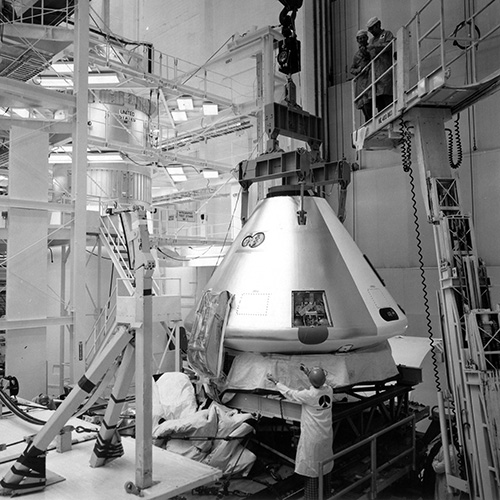
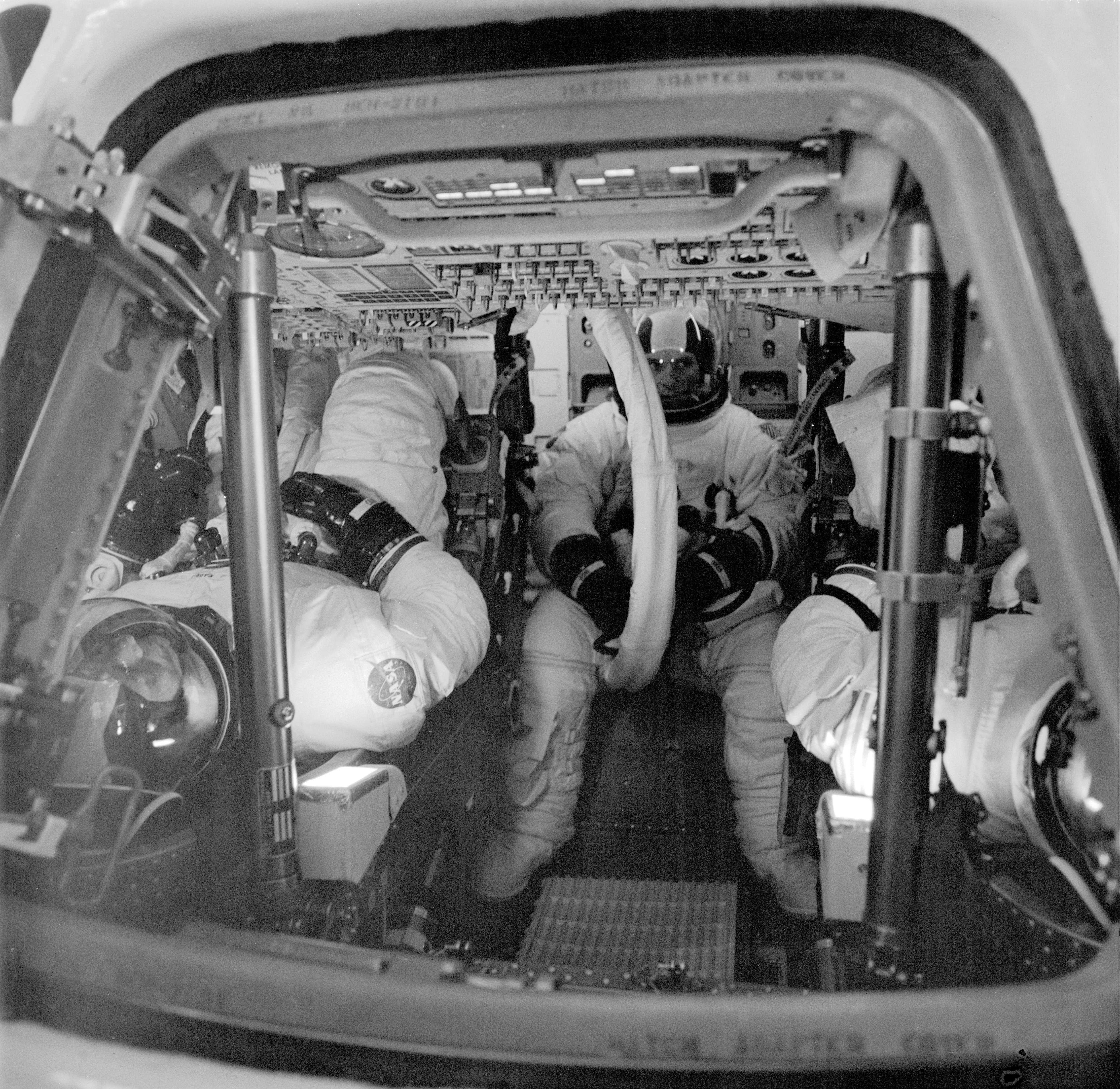
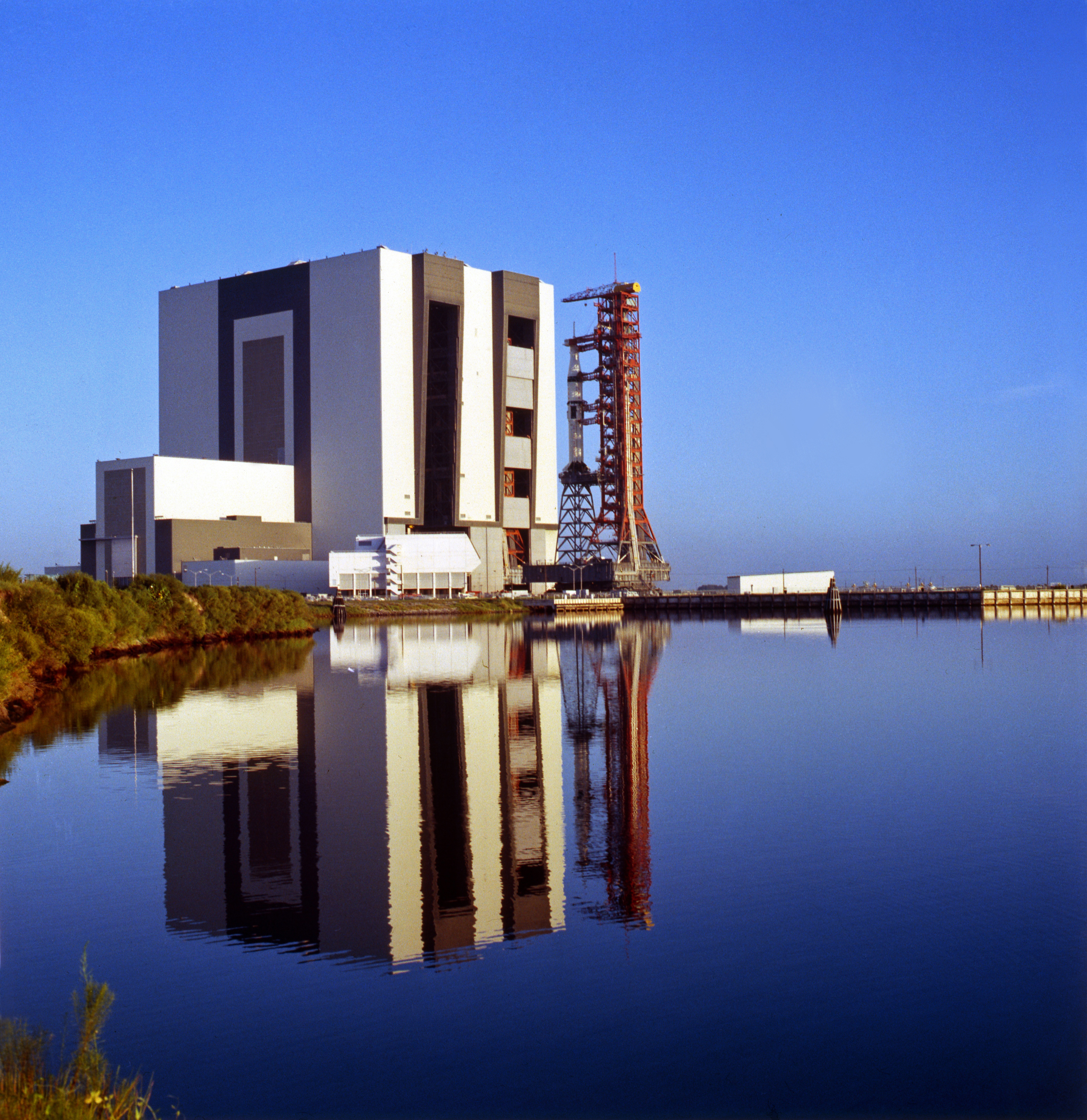
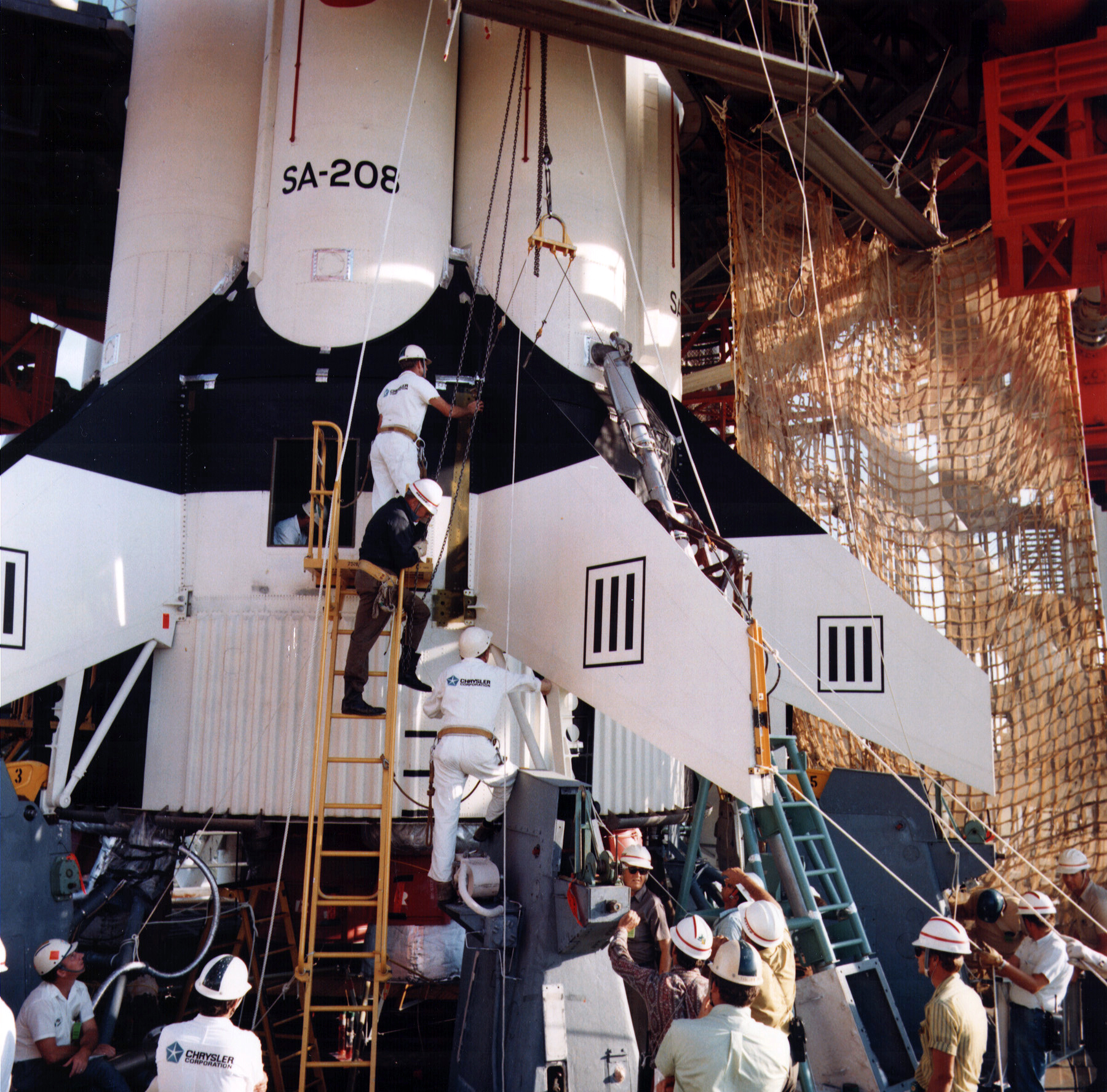
Left: The arrival of the Skylab 4 Command Module (CM), front, and Service Module, partially concealed at left, in the Manned Spacecraft Operations Building (MSOB) at NASA’s Kennedy Space Center in Florida. Middle left: The Skylab 4 astronauts carry out an elevation test aboard their CM in the MSOB. Middle right: Rollout of the Skylab 4 automobile from the Vehicle Assembly Building to Launch Pad 39B. : Workers at Launch Pad 39B change the 8 stabilization fins on the Saturn IB rocket’s very first phase.
Command and Service Module-118 (CSM-118) for the objective showed up in KSC’s Manned Spacecraft and Operations Building (MSOB) on Feb. 10, 1973, where engineers positioned it inside a vacuum chamber. The prime and backup teams performed elevation tests of the CSM in early August. With the thruster issues aboard the Skylab 3 spacecraft docked to the spaceport station, supervisors sped up the processing circulation for the Skylab 4 car to make it possible for a launch as early as Sept. 9 in case they needed to carry out a rescue objective. Employees mated CSM-118 to the Saturn rocket on Aug. 10 and rolled the stack to Launch Pad 39B 4 days later on. By this time, the requirement for a rescue had actually lessened and the processing circulation adjusted to make it possible for a launch on requirement within 9 days up until the Skylab 3 splashdown on Sept. 25. Typical processing then resumed for a prepared Nov. 9 launch, later on gotten used to Nov. 11. Carr, Gibson, and Pogue entered their preflight health stabilization strategy quarantine on Oct. 20. On Nov. 6, employees discovered hairline fractures in the installing brackets of the Saturn IB’s supporting fins, needing a slip of the launch date to Nov. 16 to finish their replacement at the pad. The Skylab 4 countdown started on Nov. 14, the day after the astronauts got to KSC.
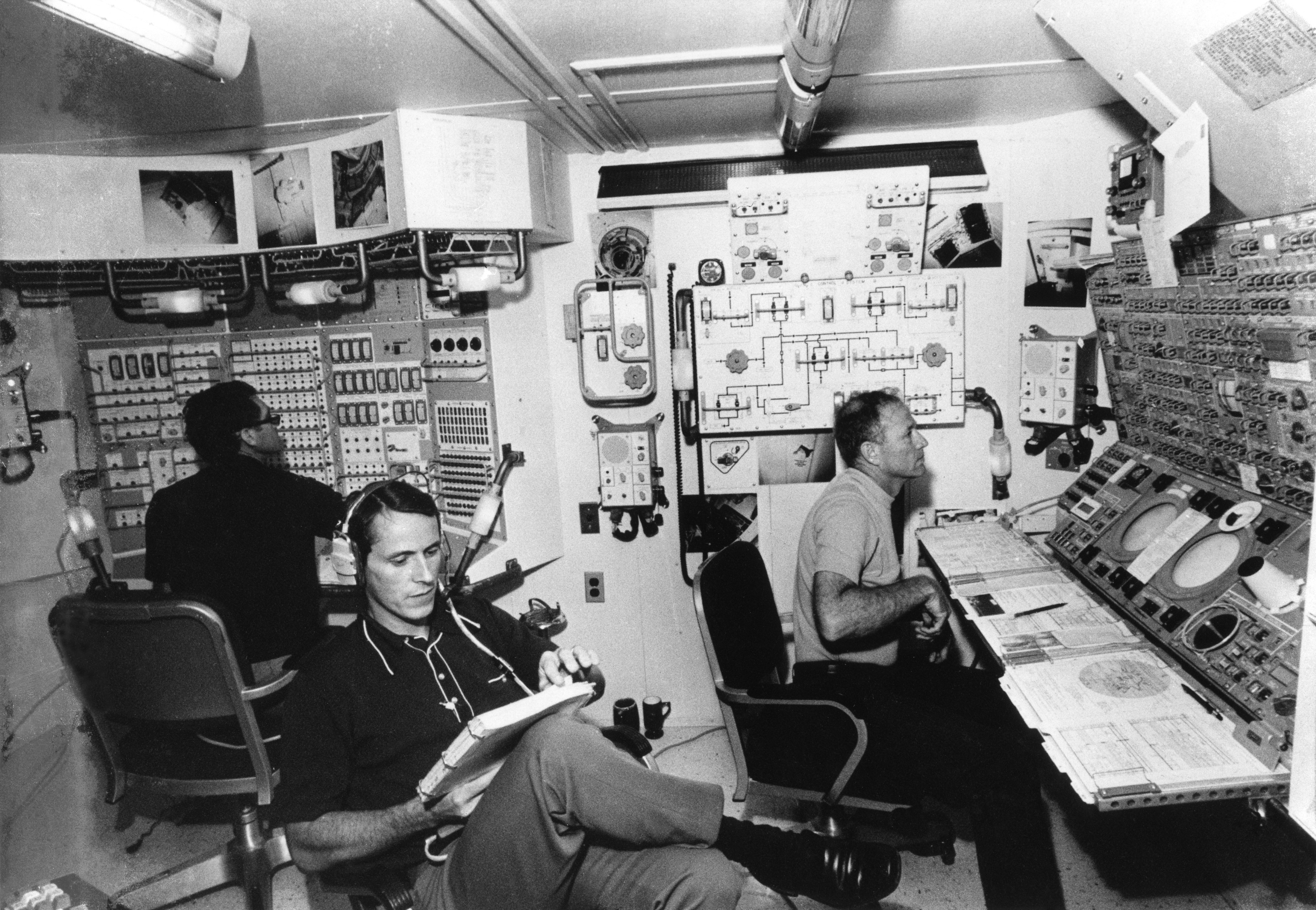
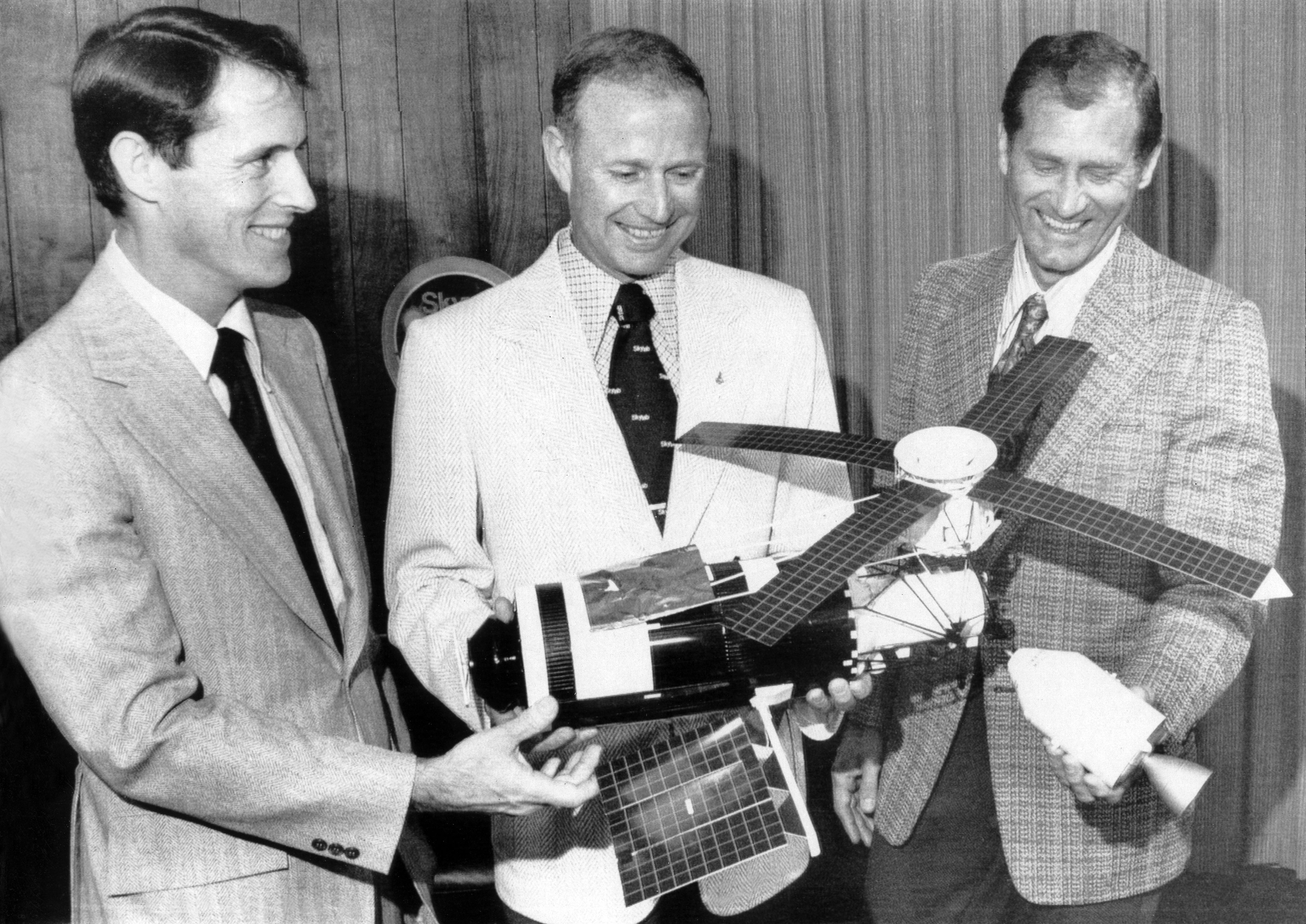
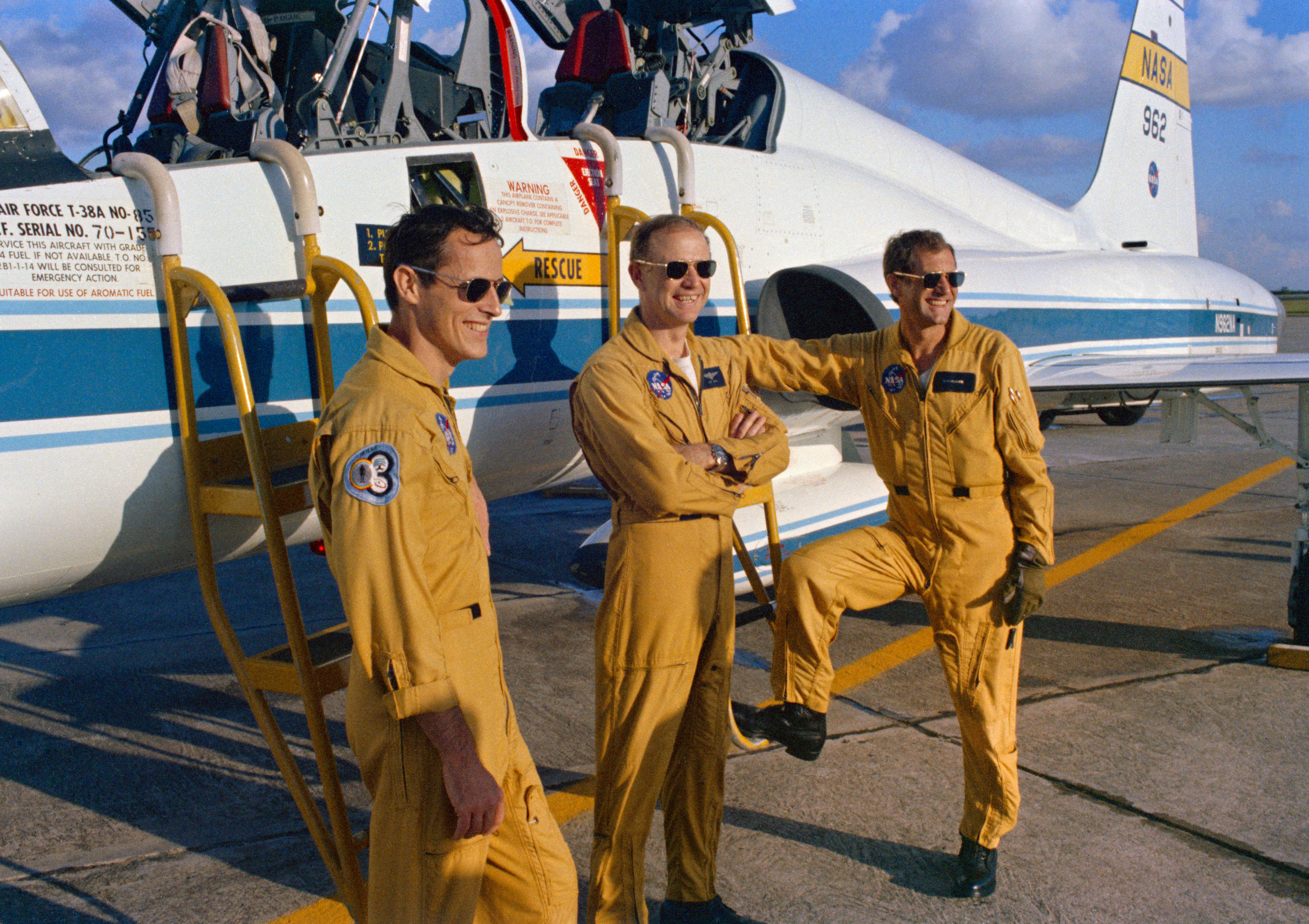
Left: Skylab 4 astronauts William R. Pogue, left, Edward G. Gibson, and Gerald P. Carr training in the Skylab training mockup. Middle: Gibson, left, Carr, and Pogue show a design of the Skylab spaceport station at the conclusion of their preflight interview. : Gibson, left, Carr, and Pogue present in front of a T-38 Talon airplane at Ellington Air Force Base in Houston prior to their departure for NASA’s Kennedy Space Center in Florida for the launch.
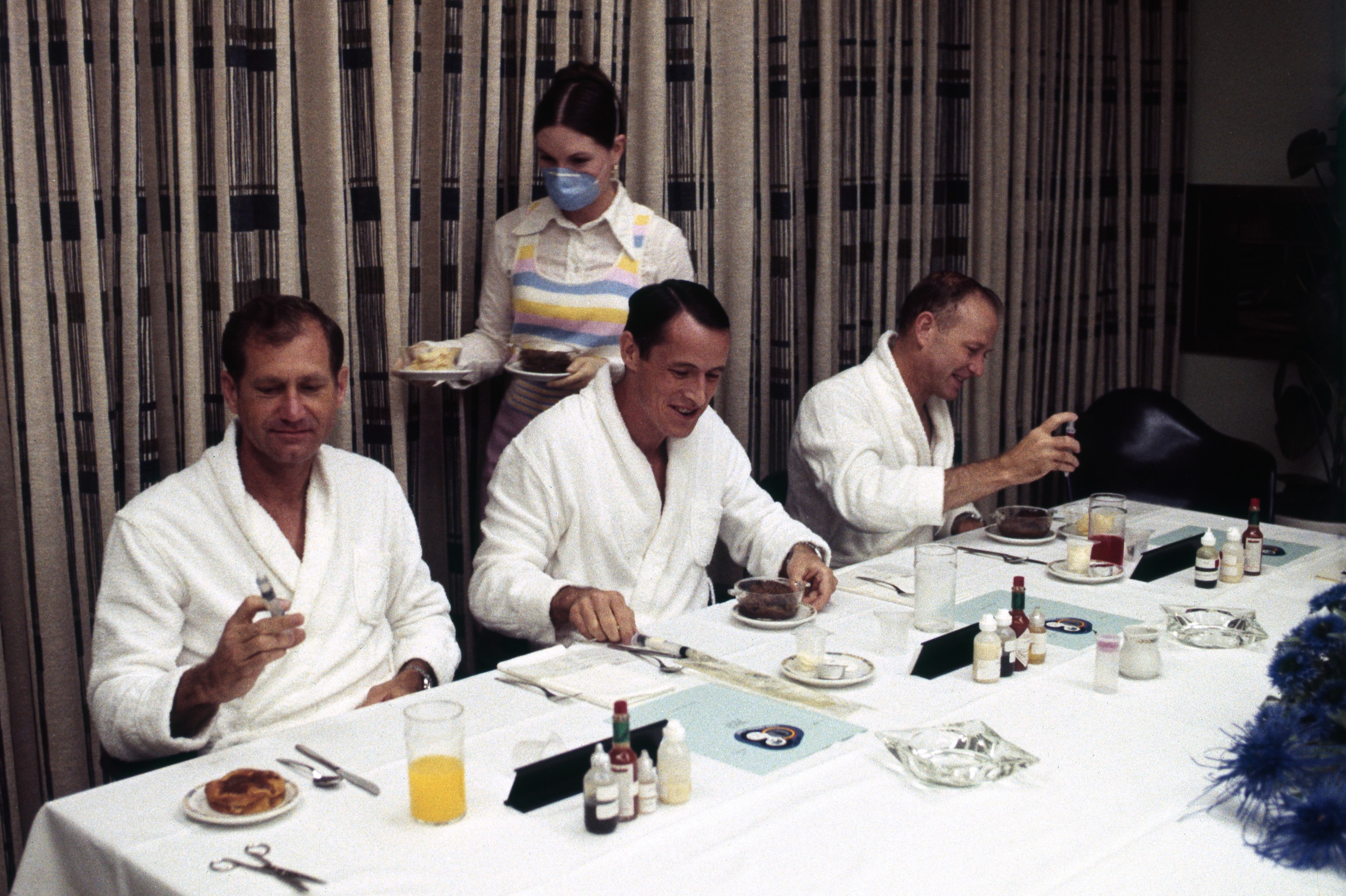
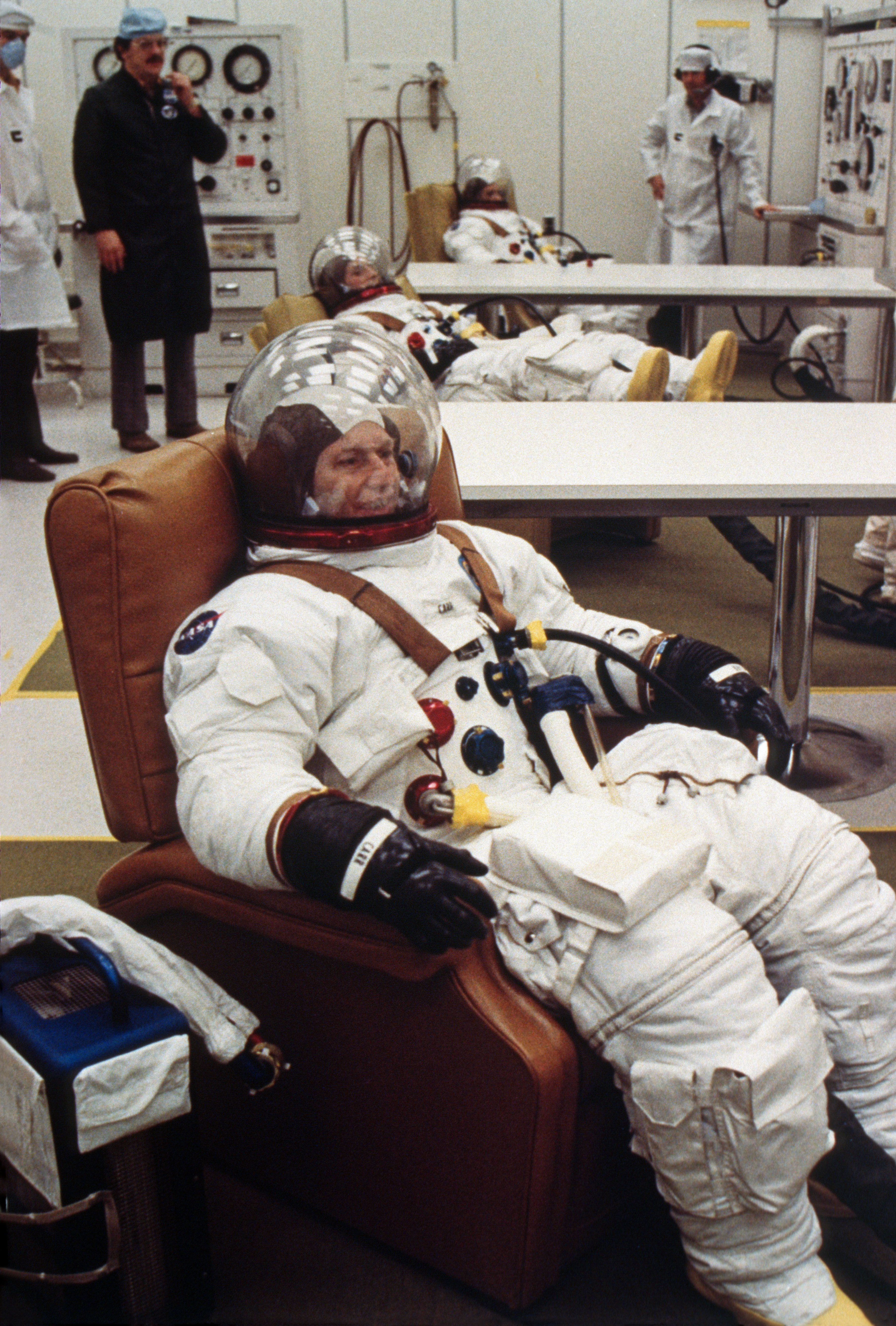
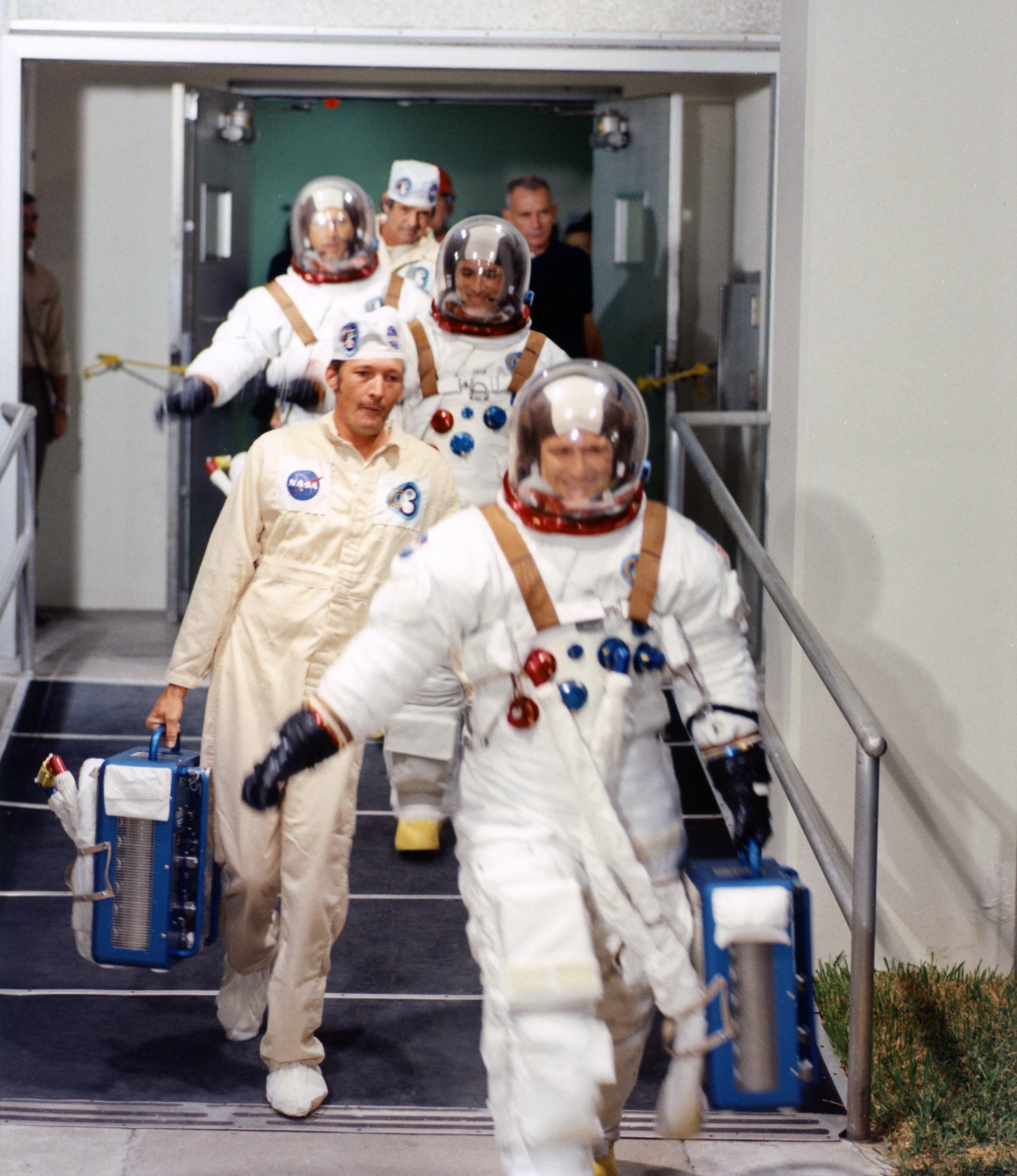
Left: Skylab 4 astronauts William R. Pogue, left, Edward G. Gibson, and Gerald P. Carr take pleasure in the conventional prelaunch breakfast. Middle: Carr, front, Gibson, and Pogue test the pressure stability of their spacesuits before launch. : Carr, front, Gibson, and Pogue exit team quarters to board the transfer van for the trip to Launch Pad 39B.
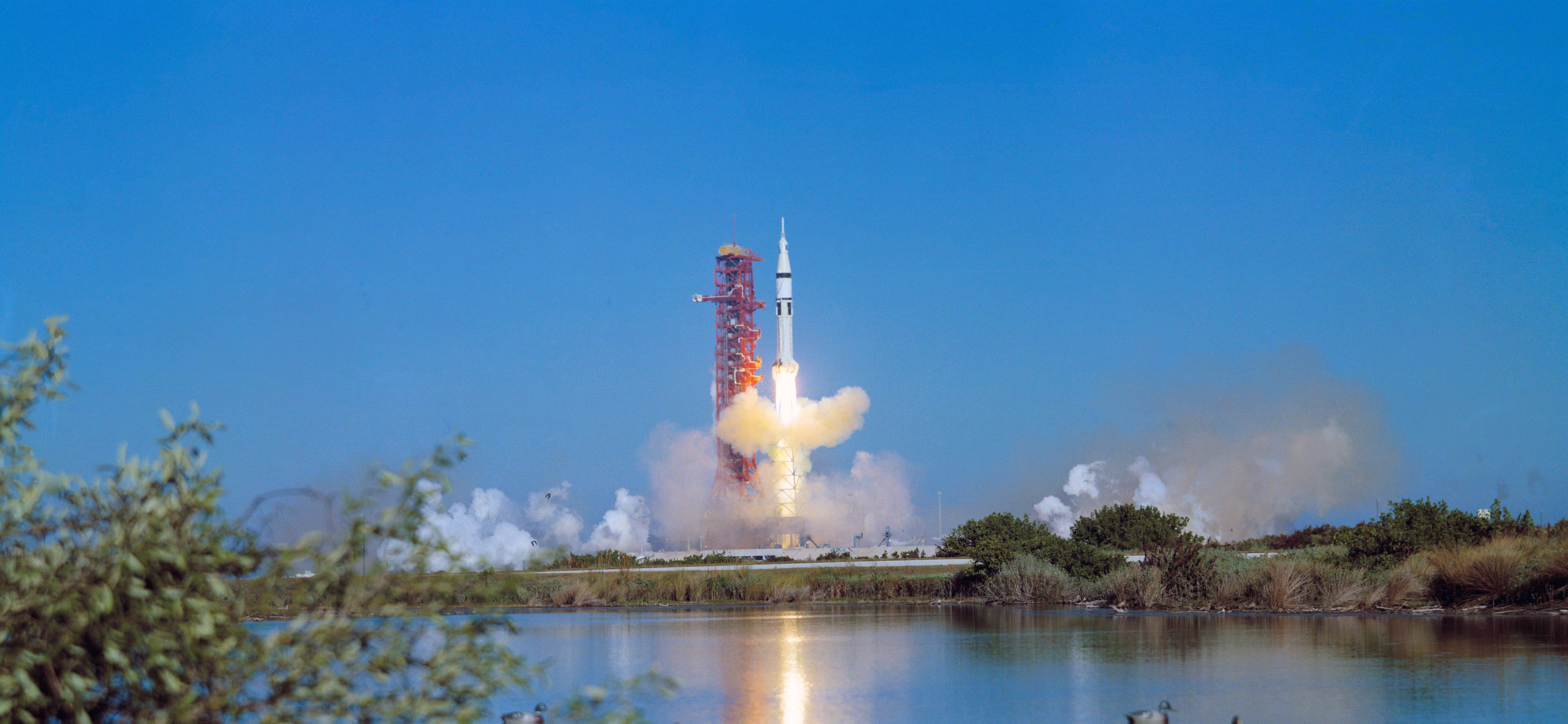
Liftoff of Skylab 4!
The 3rd and last objective to the Skylab spaceport station got underway on Nov. 16, 1973, with a thunderous liftoff from KSC’s Launch Pad 39B. Formally prepared as a 56-day objective for a number of years, objective supervisors had self-confidence of an extension to 84 days and prepared appropriately, with the astronauts bringing extra food, materials, and science experiments.
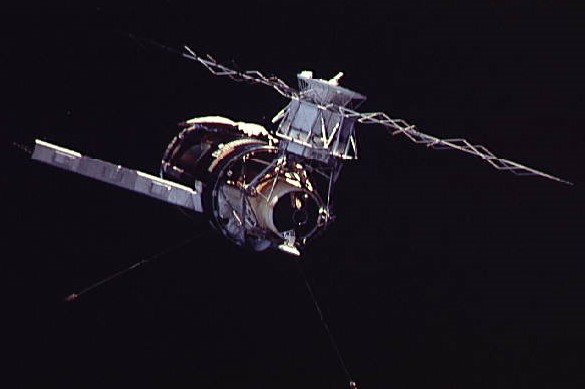
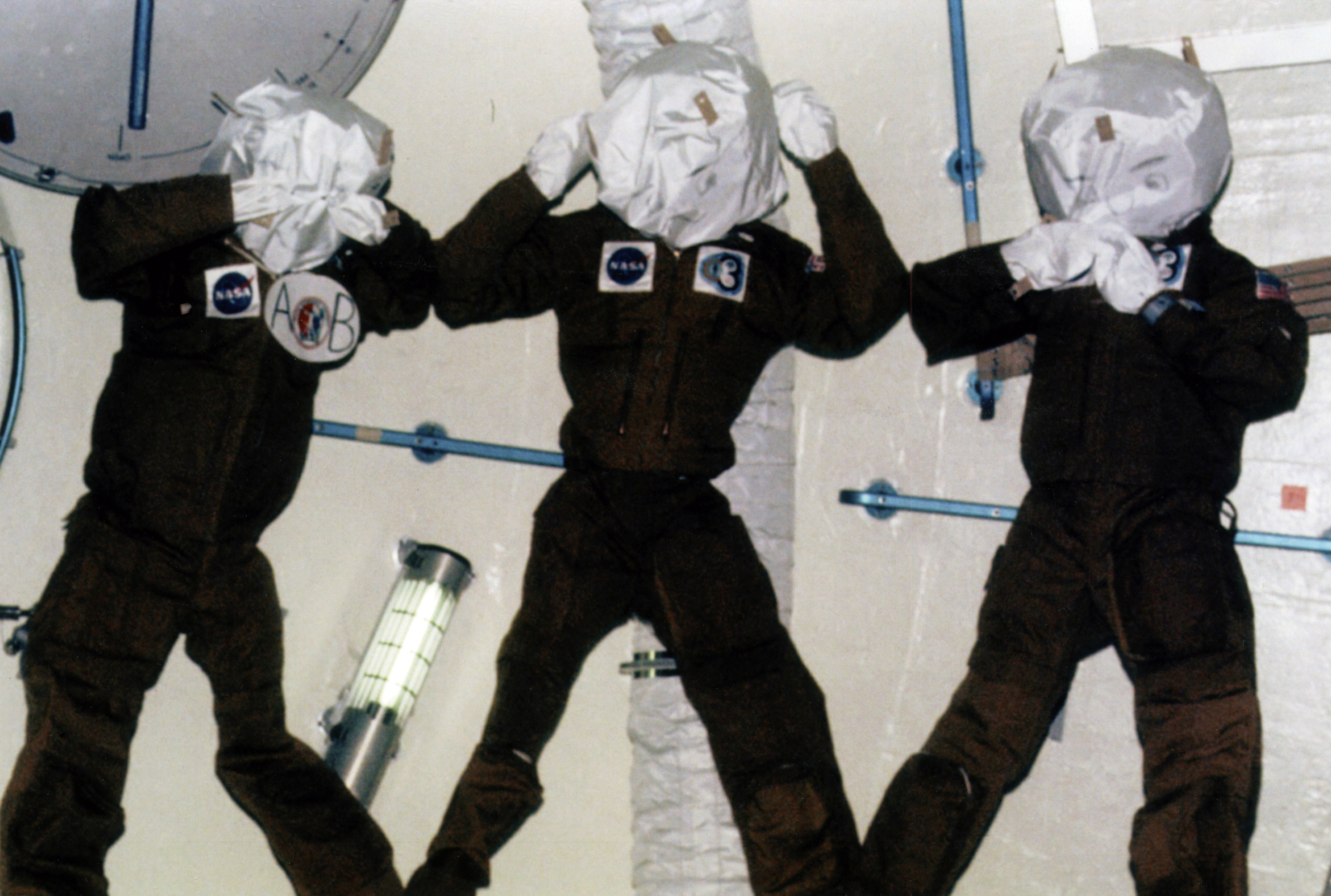
Left: Skylab throughout the rendezvous and docking. : Left by the Skylab 3 team before their departure from the station, 3 astronaut manikins use the Skylab 4 team’s flight overalls.
8 hours after launch, and following 2 not successful efforts, Carr hard docked the spacecraft to the spaceport station. Pogue, who in the world appeared resistant to all kinds of movement illness, established a case of area movement illness throughout the team’s very first night, needing numerous days to totally recuperate. This event in addition to an excessively jam-packed timeline triggered the astronauts to fall back in achieving their jobs as they got used to weightlessness and discovered their method around the big spaceport station. The astronauts invested their opening night in area aboard the Command Module, opening the hatch the next early morning to start reactivating Skylab. To their surprise, the station appeared to currently have 3 residents. As a joke, before they left the station in September, the Skylab 3 team packed their followers’ flight fits with utilized clothes and left them in tactical locations throughout the workshop. Carr, Gibson, and Pogue started settling into the regular aboard Skylab, preparing meals, working out, and beginning the a great deal of experiments. They continued the science program started by the previous 2 Skylab teamsconsisting of biomedical examinations on the impacts of long-duration area flight on the body, Earth observations utilizing the Earth Resources Experiment Package (EREP), and solar observations with instruments installed on the Apollo Telescope Mount (ATM). With the forecast previously in the year that recently found Comet Kohoutek would make its closest method to the Sun in late December, researchers included cometary observations to the team’s currently hectic schedule. The astronauts brought a Far Ultraviolet Electronographic Camera, the backup to the instrument released on the Moon throughout Apollo 16to Skylab specifically for observations of the comet, and utilized it for cometary photography throughout 2 spacewalks contributed to the objective.
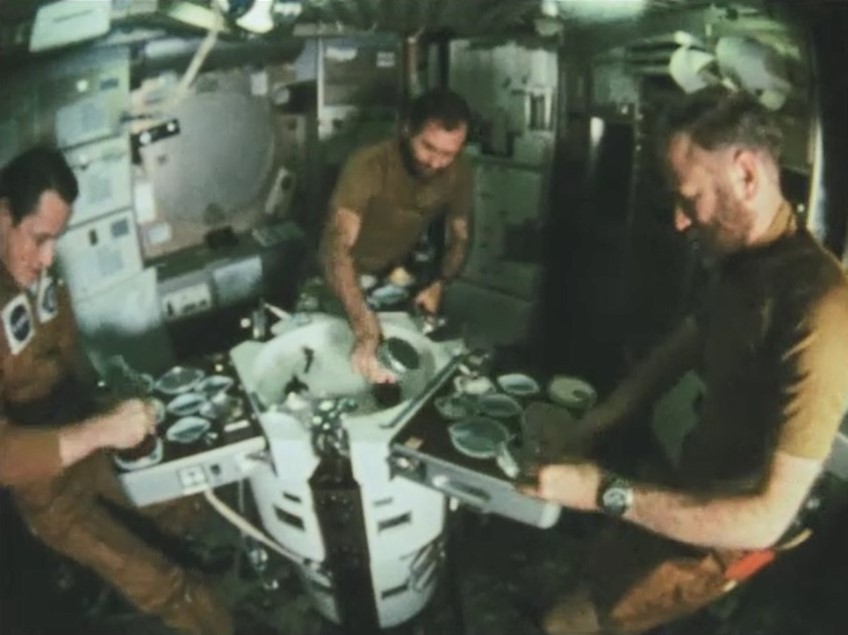
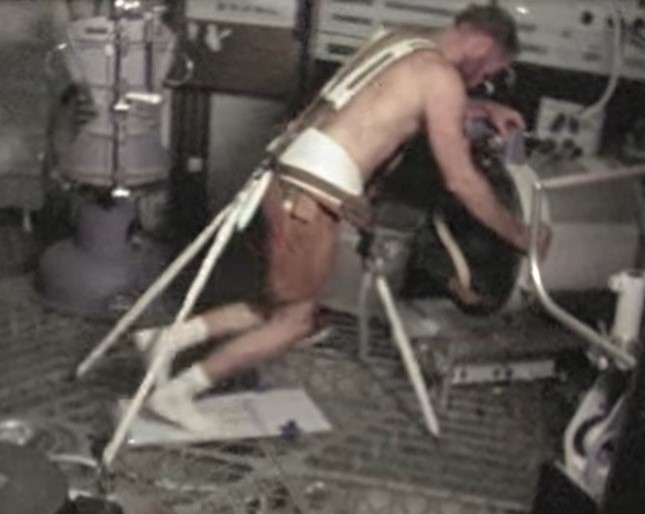
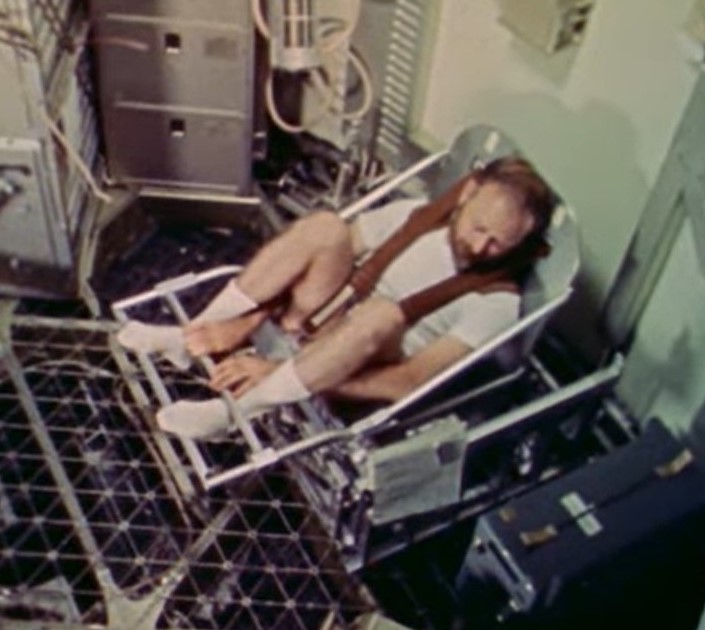
Left: Edward G. Gibson, left, William R. Pogue, and Gerald P. Carr prepare a meal in the Skylab wardroom. Middle: Carr utilizes the Thornton treadmill to workout. : Carr “weighs” himself in weightlessness utilizing the body mass measurement gadget.
Among the lessons gained from the very first 2 Skylab objectives showed that the onboard bike ergometer alone did not supply sufficient workout to keep leg and back muscle mass and strength. To fix this issue, doctor and Skylab assistance astronaut Dr. William E. Thornton created a makeshift treadmill that the 3rd team brought with them to the station. The treadmill gadget included a teflon-coated aluminum plate bolted to the flooring of the workshop. Bungee cables connected to the flooring and to the ergometer harness provided the down force for the back and leg muscles with the astronauts moving over the teflon-coated plate while strolling or running in equipping feet. Since the workout offered rather an exhausting exercise, the team called it “Thornton’s vengeance.” They likewise increased the general quantity of time they invested working out.
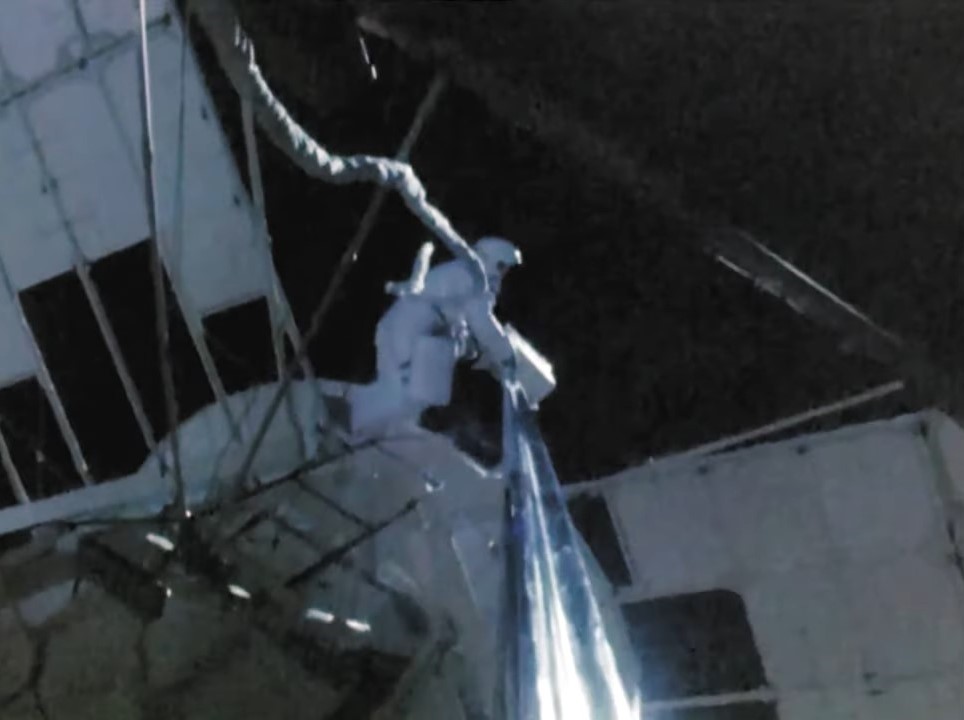
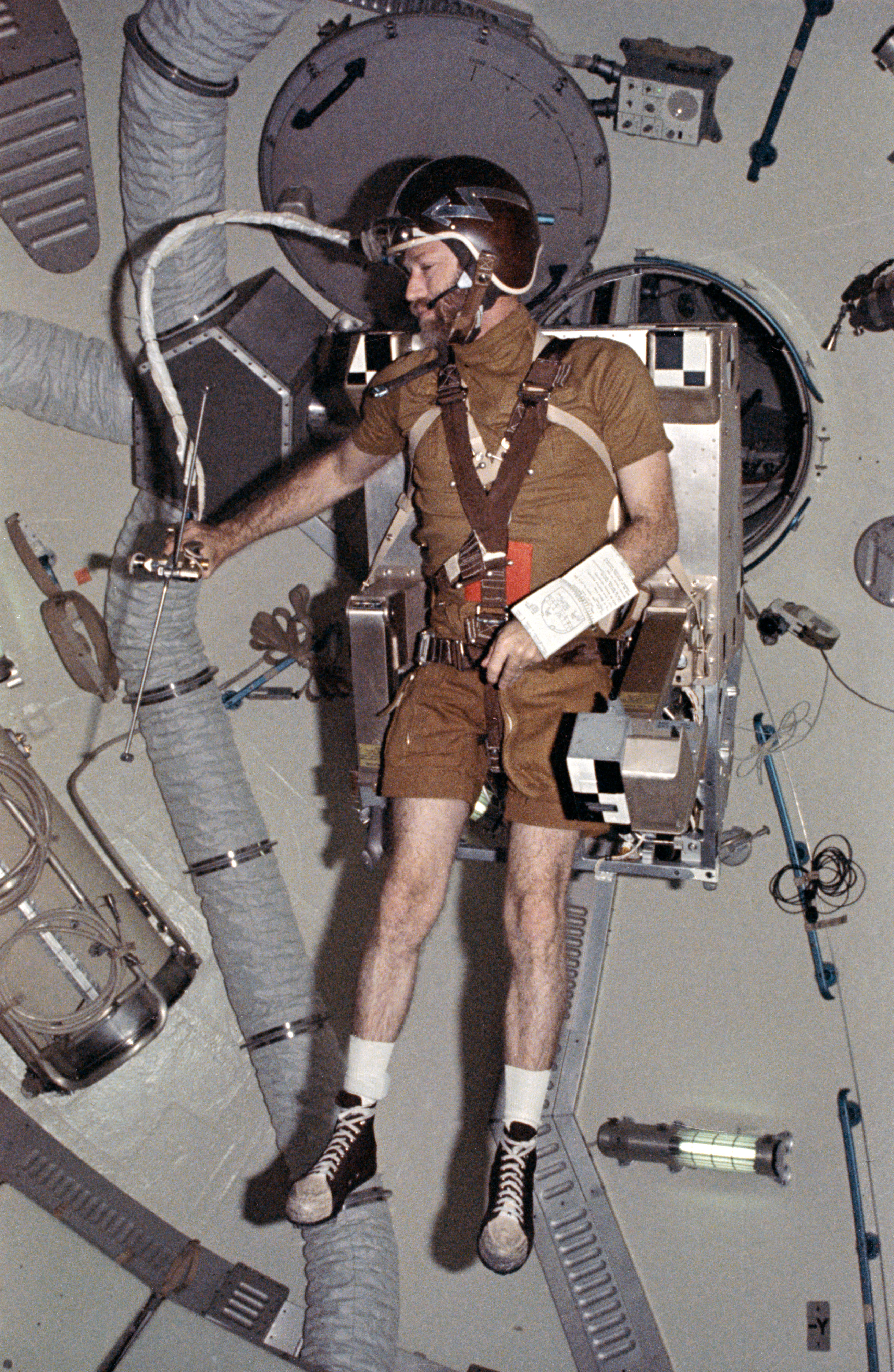
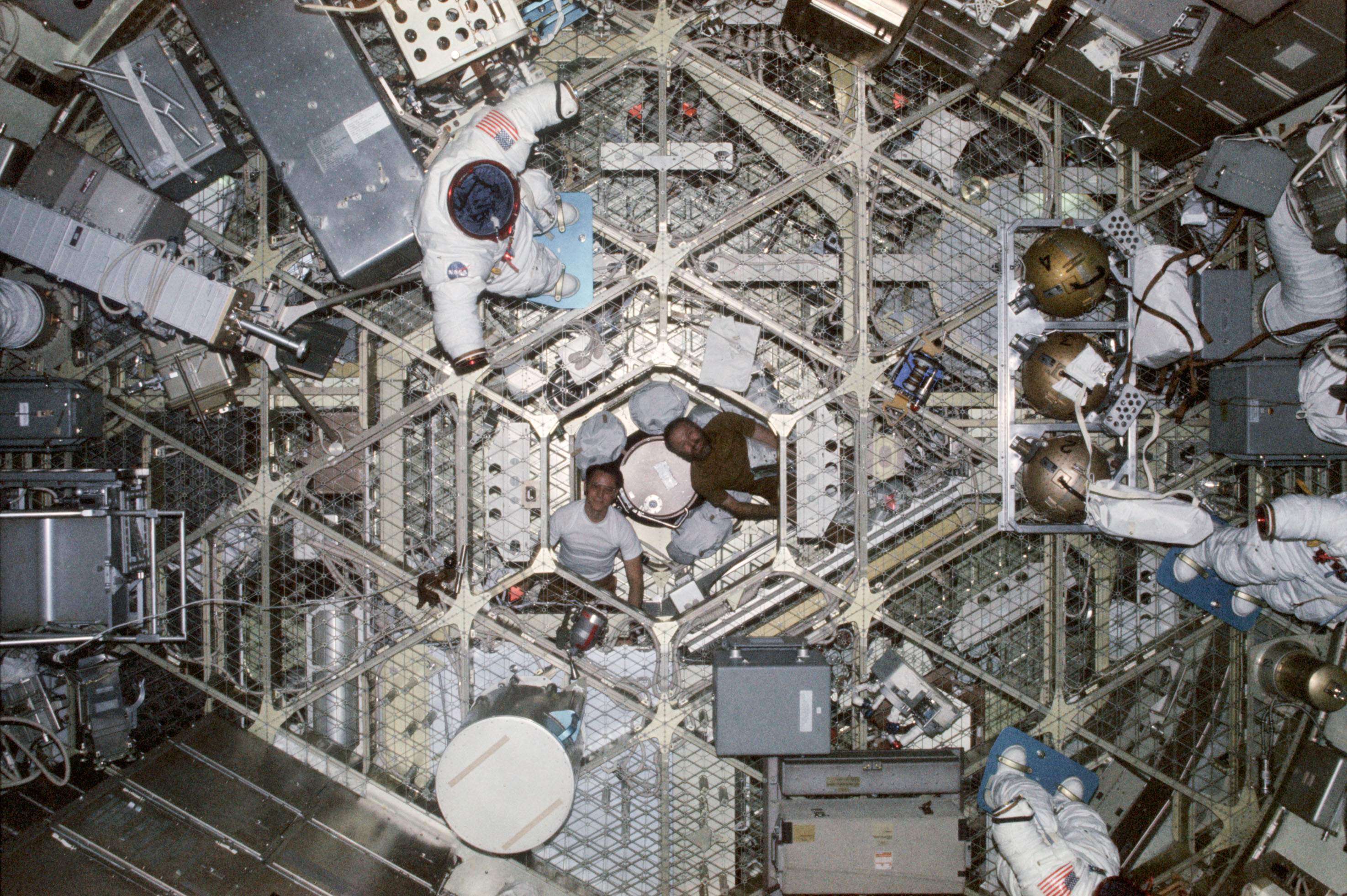
Left: William R. Pogue changes movie in the Apollo Telescope Mount throughout the objective’s very first spacewalk. Middle: Gerald P. Carr flies the Astronaut Maneuvering Unit. : Overall view revealing the big volume of the Skylab Orbital Workshop.
In addition to the heavy science experiment load, the astronauts invested the very first week in orbit getting ready for the very first spacewalk of the objective. On Nov. 22, their seventh day in area and likewise Thanksgiving Day, Gibson and Pogue dressed and stepped outside the spaceport station with Gibson exclaiming, “Boy, if this isn’t the outdoors.” Throughout this six-hour 33-minute spacewalk, they changed movie containers in the ATM and released an experiment plan on the ATM truss. They took pictures with a cam that had actually initially been planned for the airlock now obstructed by the sunshade that the very first team released in May to assist cool the station. Gibson and Pogue achieved all the jobs prepared for this very first spacewalk. Back inside the station, the astronauts settled in for the Thanksgiving meal in areaFor their supper, Carr picked prime rib, Gibson chose conventional turkey, and Pogue picked chicken.
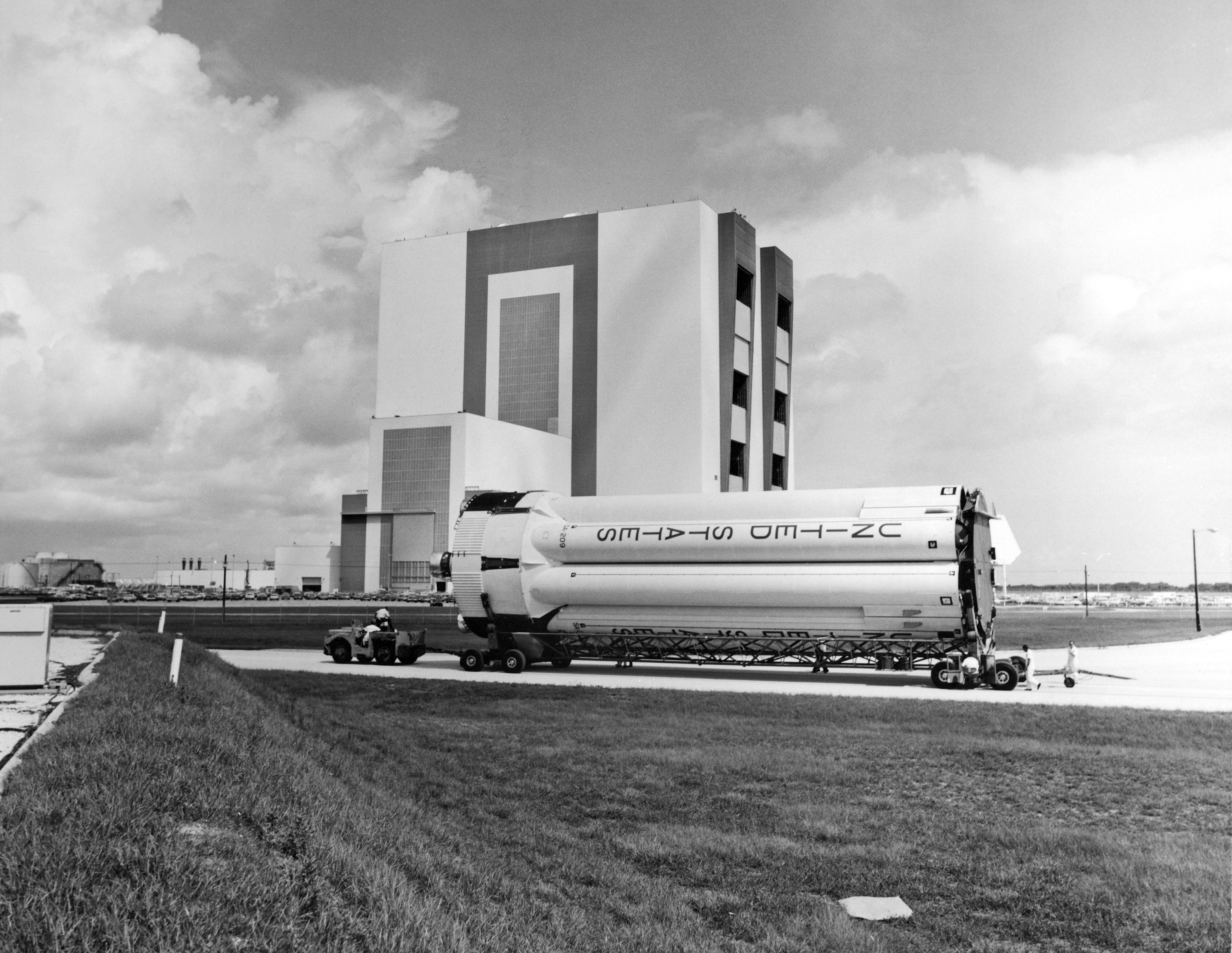
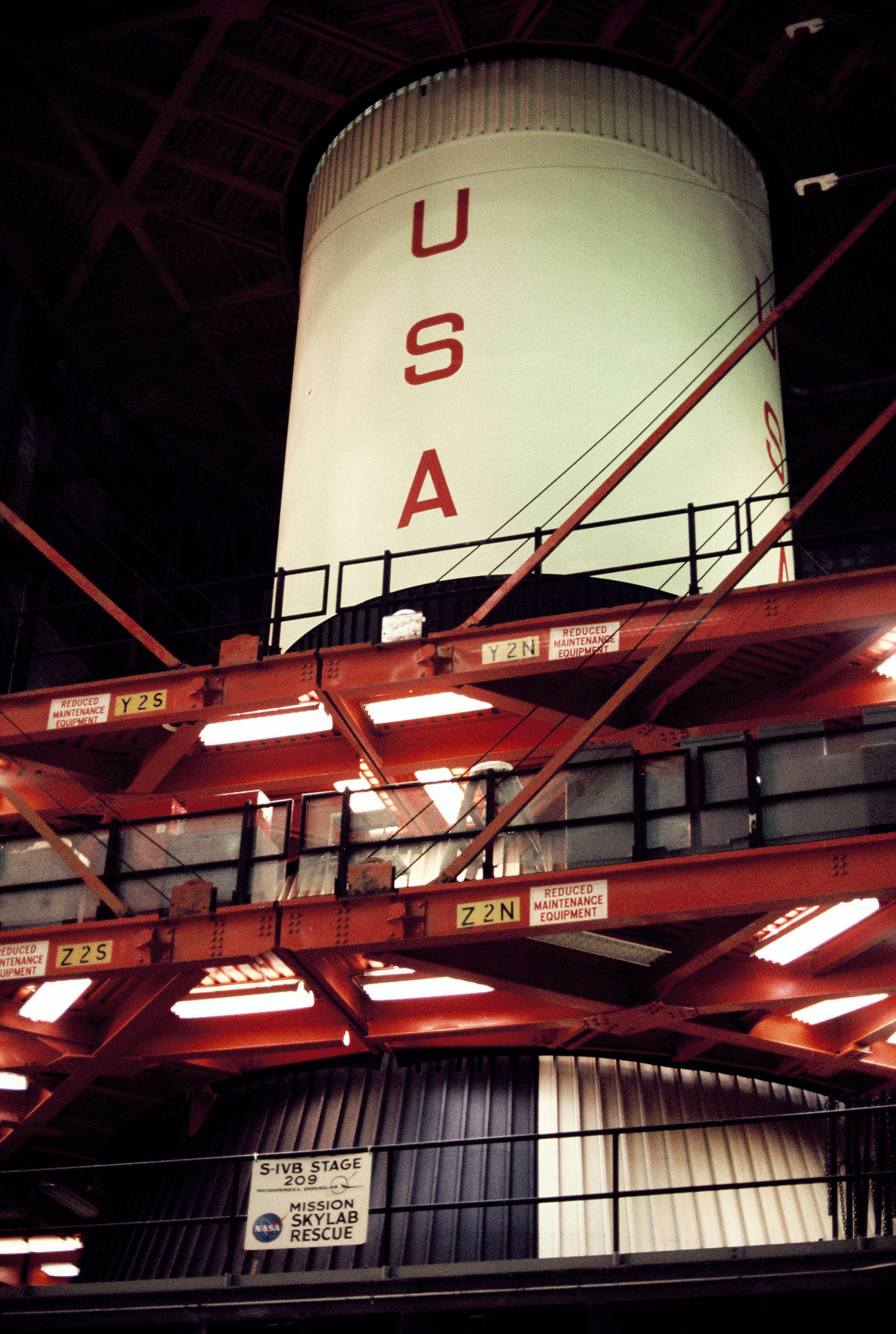
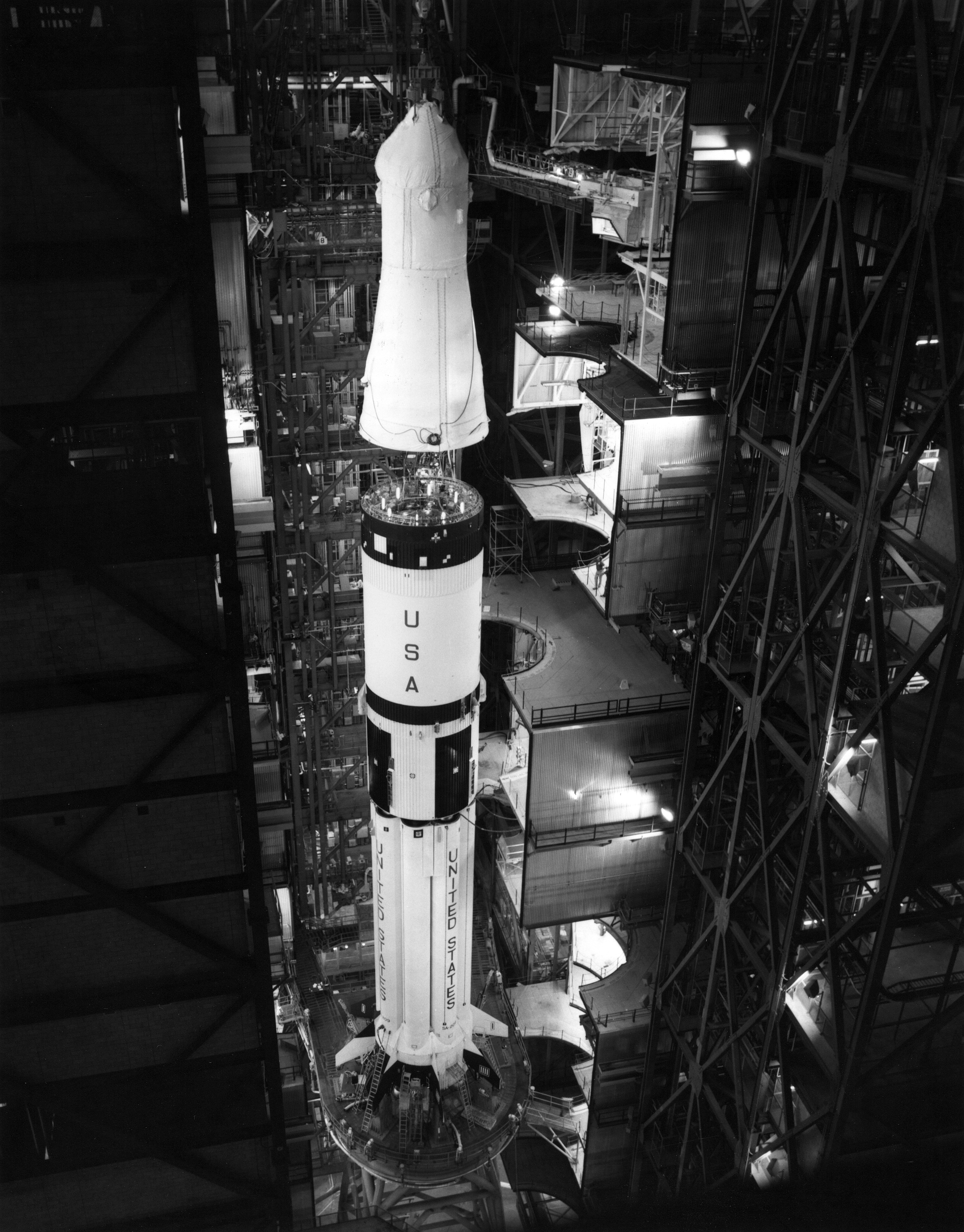
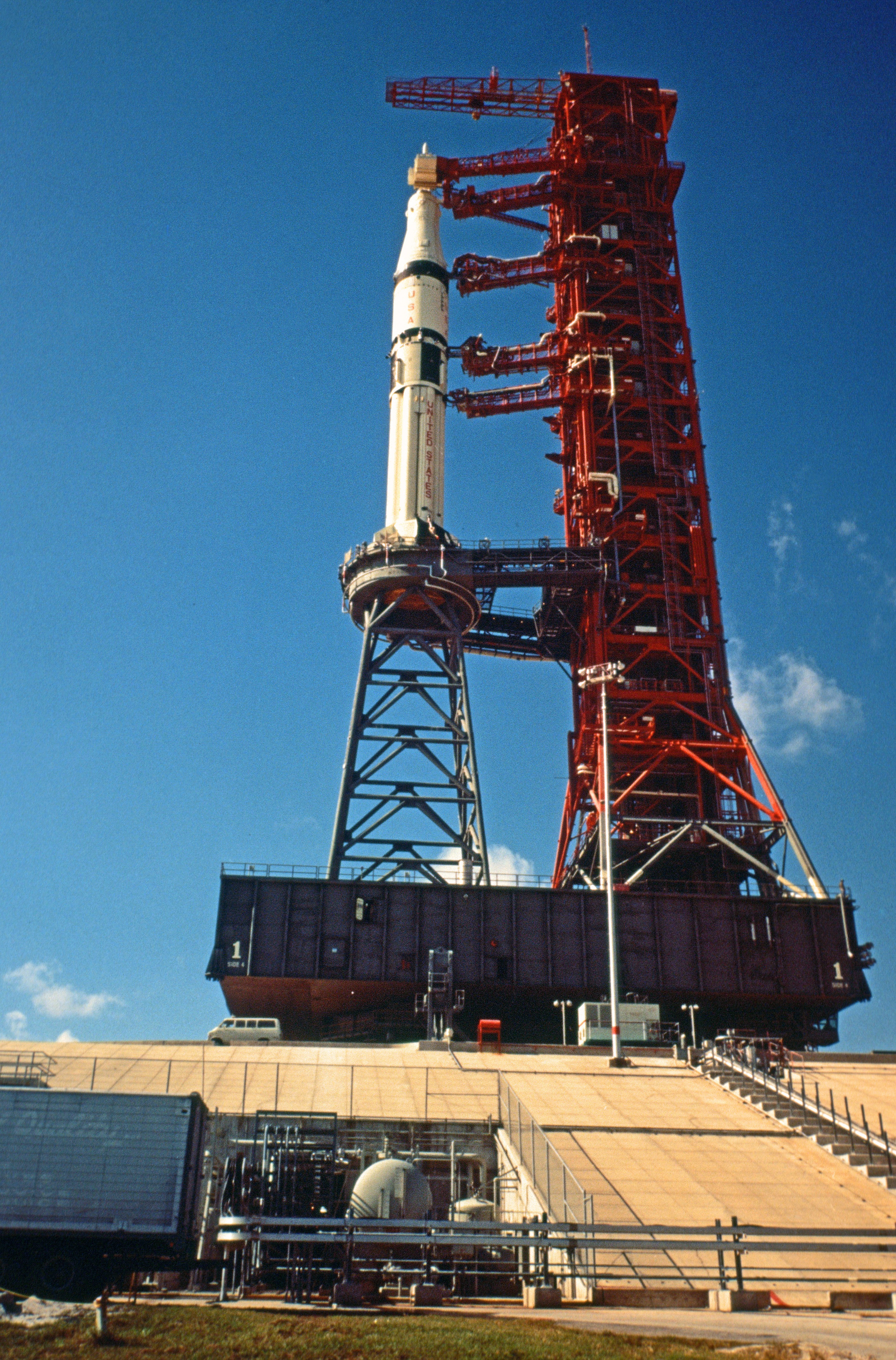
Left: The S-IB very first phase for Saturn-IB SA-209, the Skylab 4 rescue objective, shows up at the Vehicle Assembly Building (VAB) at NASA’s Kennedy Space. Middle left: The S-IVB 2nd phase for SA-209 inside the VAB. Middle right: Workers stack the Command and Service Module CSM-119, the Skylab 4 rescue spacecraft, atop SA-209. : The Skylab 4 rescue car at Launch Pad 39B.
The addition of 2 docking ports on the Skylab spaceport station allowed an in-flight rescue ability for the very first time in human spaceflight history. In case a failure of the docked CSM stranded the onboard three-person team, a two-person team would release in a 2nd Apollo spacecraft specifically set up with 2 additional sofas to return all 5 astronauts. For the very first 2 Skylab objectives, the rocket and spacecraft for the subsequent objective acted as the prospective rescue automobile. The failure of 2 Service Module thruster groups throughout Skylab 3 almost needed the rescue ability. Given that Skylab 4 was the last objective, NASA obtained an extra Saturn IB rocket, SA-209, and Apollo spacecraft, CSM-119, for the rescue function. The spacecraft reached KSC on May 2, 1973, and employees positioned it in storage in the MSOB. In September, the backup team of Brand, Lenoir, and Lind finished elevation chamber tests with the CSM, although only Brand and Lenoir would fly any the rescue objective. The S-IVB 2nd phase for Saturn IB SA-209 reached KSC on Jan. 12, 1972, and employees put it in storage in the VAB. The S-IB very first phase showed up on Aug. 20, 1973. Due to the fact that just one Mobile Launcher consisted of the milkstool to release a Saturn IB, assembly of the rescue automobile needed to await its return from the launch pad the day after the Skylab 4 liftoff. Assembly of the rocket in the VAB started on Nov. 26, and employees topped the rocket off with the spacecraft 4 days later on. The stacked lorry presented to Launch Pad 39B on Dec. 3 where engineers prepared the lorry so that after Dec. 20, it might support a launch within 9 days, needs to the requirement occur. The lorry stayed at the pad till Feb. 14, 1974, 6 days after the Skylab 4 splashdown.
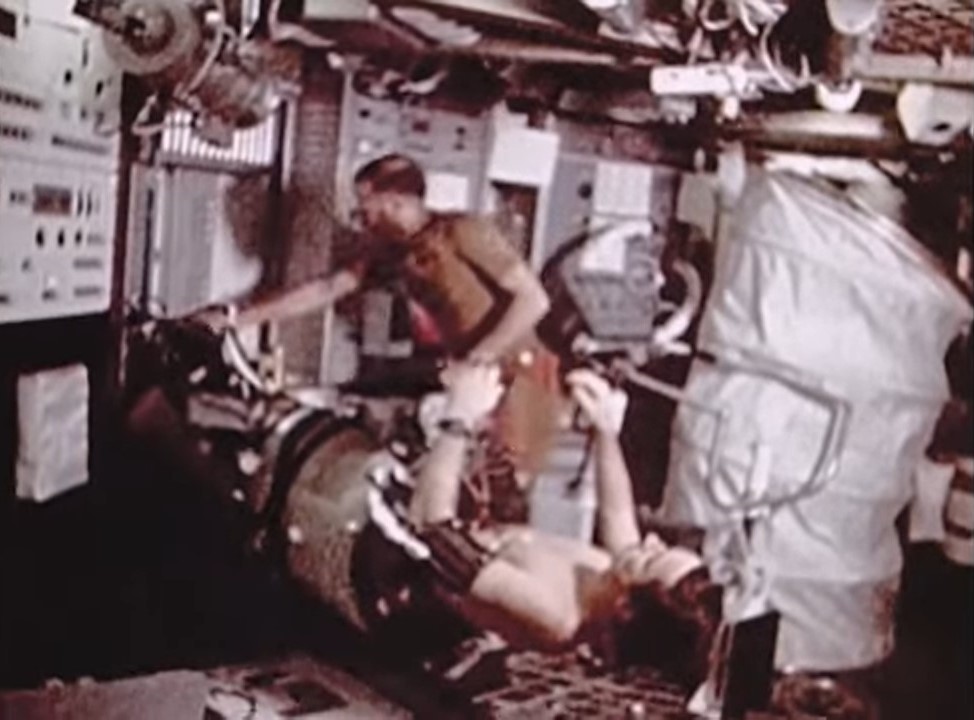
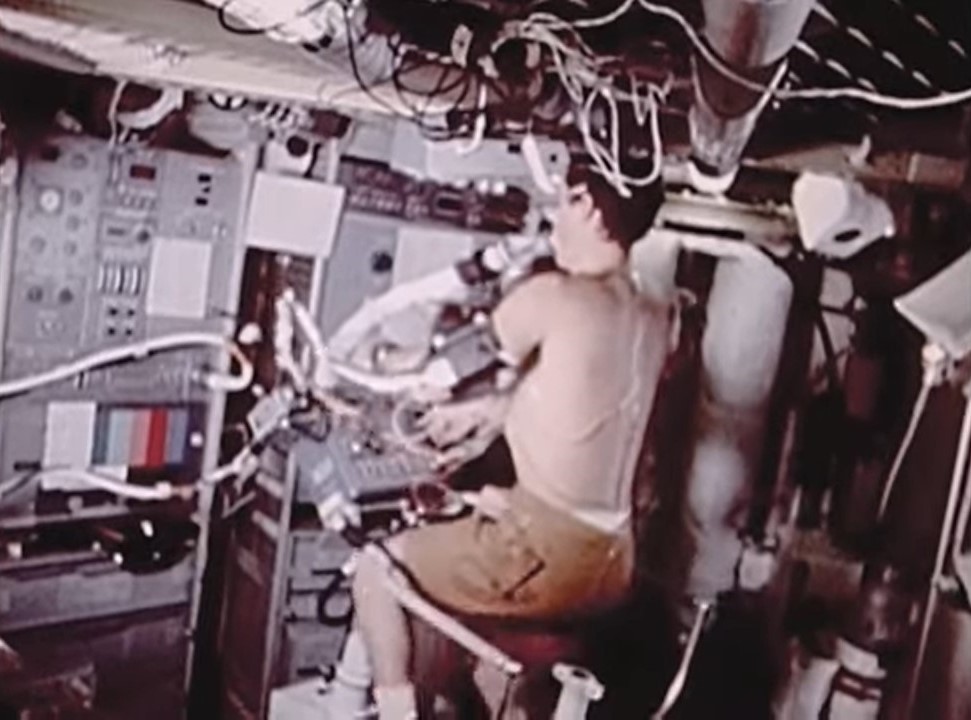
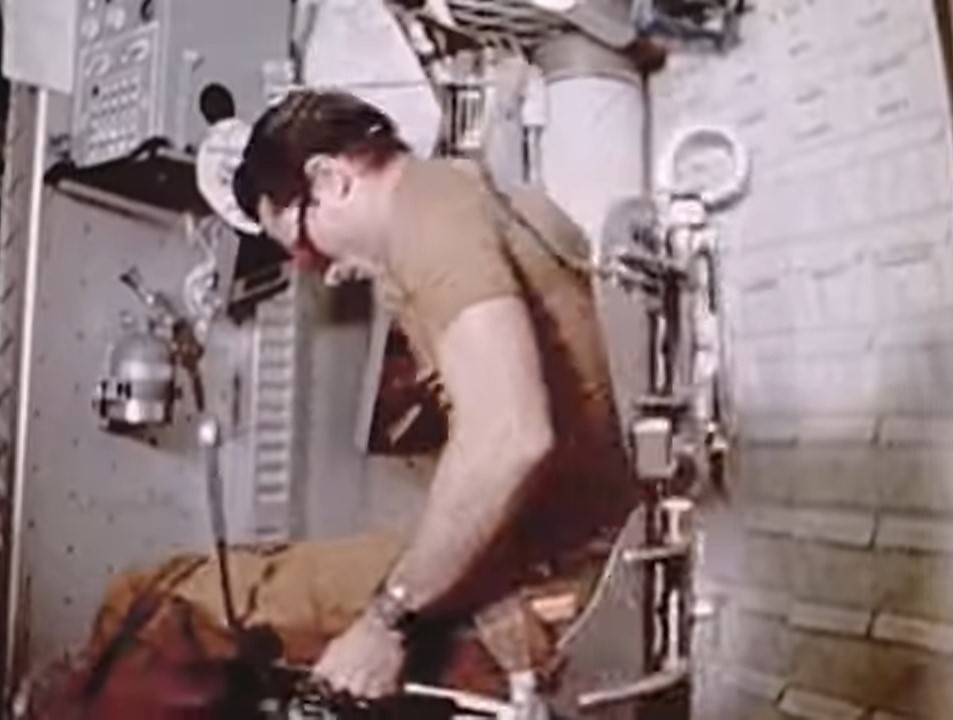
Left: Gerald P. Carr keeps track of Edward G. Gibson throughout a lower body unfavorable pressure test of his cardiovascular system. Middle: Gibson exercises on the bike ergometer throughout a test of his cardiopulmonary function. : Gibson in the turning chair to evaluate his vestibular system.
To contribute to their jam-packed timeline, among the station’s 3 control minute gyros (CMGs) stopped working the day after the very first spacewalk. Skylab utilized CMGs to manage the station’s mindset without using up valuable mindset control gas, a non-renewable resource greatly diminished early in the station’s life. Engineers on the ground exercised a strategy to manage the station’s mindset utilizing just the 2 working CMGs, therefore allowing conclusion of the staying science, specifically the Earth resource passes and comet Kohoutek observations. Pogue made the very first measurements of Comet Kohoutek on Nov. 23 from inside the station utilizing a photometric cam gave Skylab particularly to observe the comet. The astronauts practiced flying the Astronaut Maneuvering Unit, a precursor of the Manned Maneuvering Unit utilized throughout the area shuttle bus program to recover satellites, inside the big dome of the workshop.
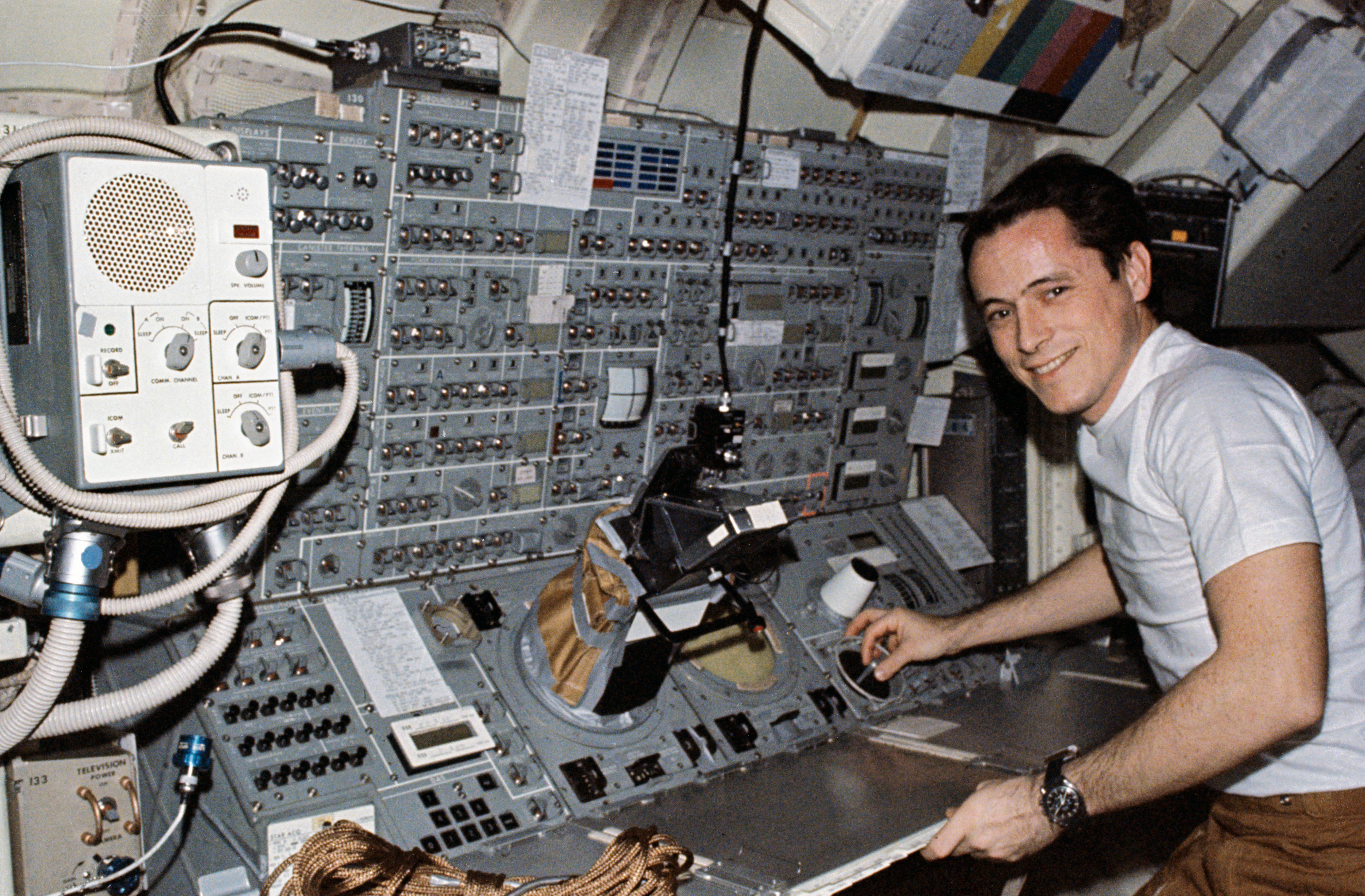
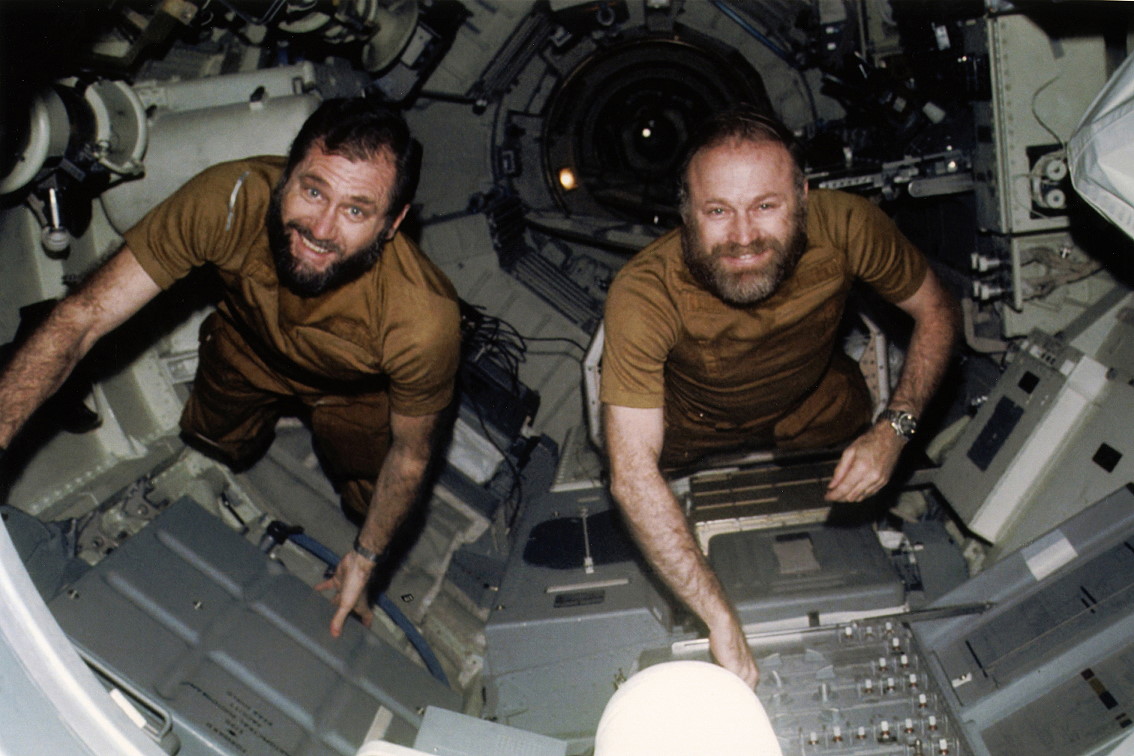
Left: Edward G. Gibson at the controls of the Apollo Telescope Mount. : William R. Pogue, left, and Gerald P. Carr at the control panel for the Earth Resources Experiment plan inside the Multiple Docking Adapter.
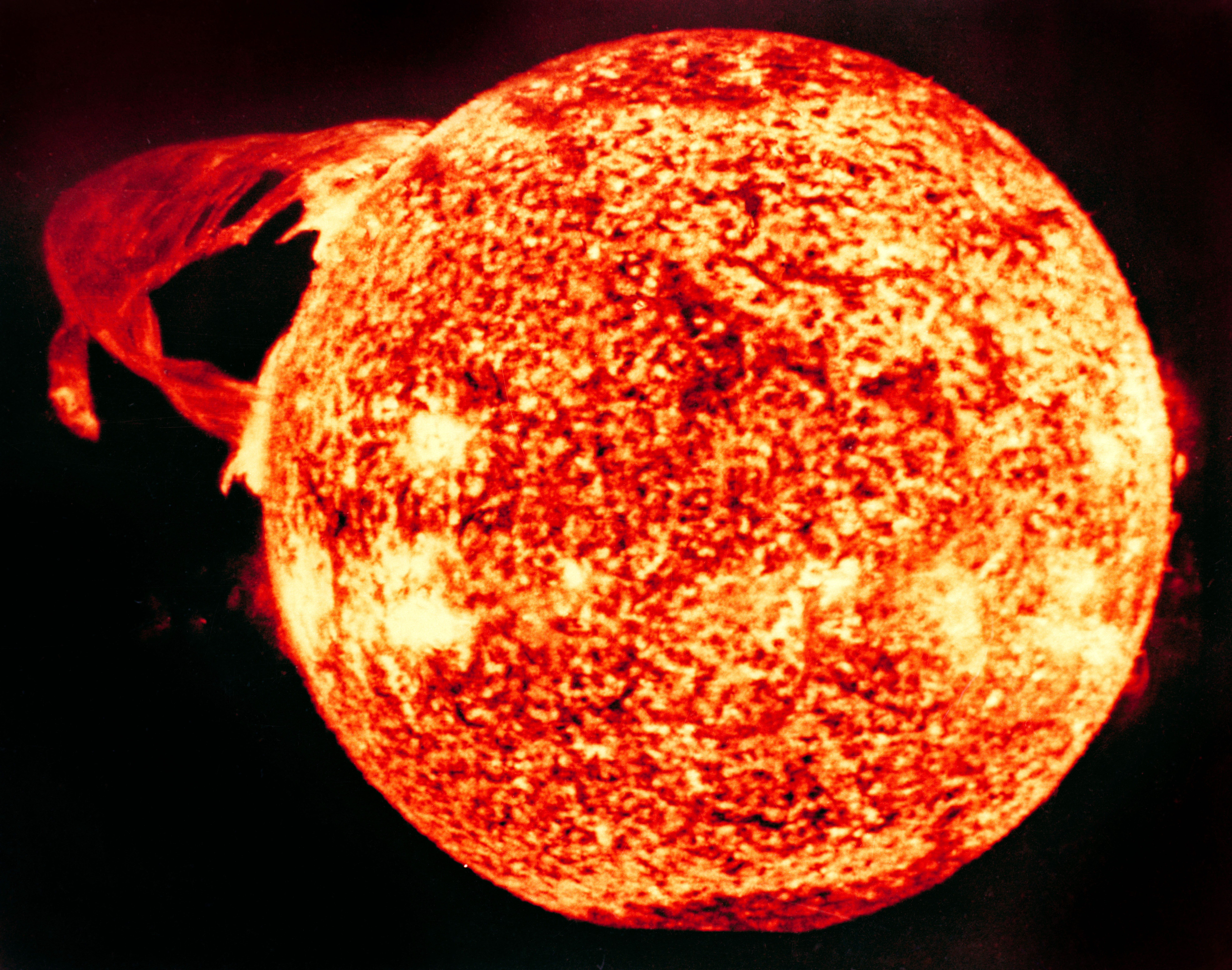
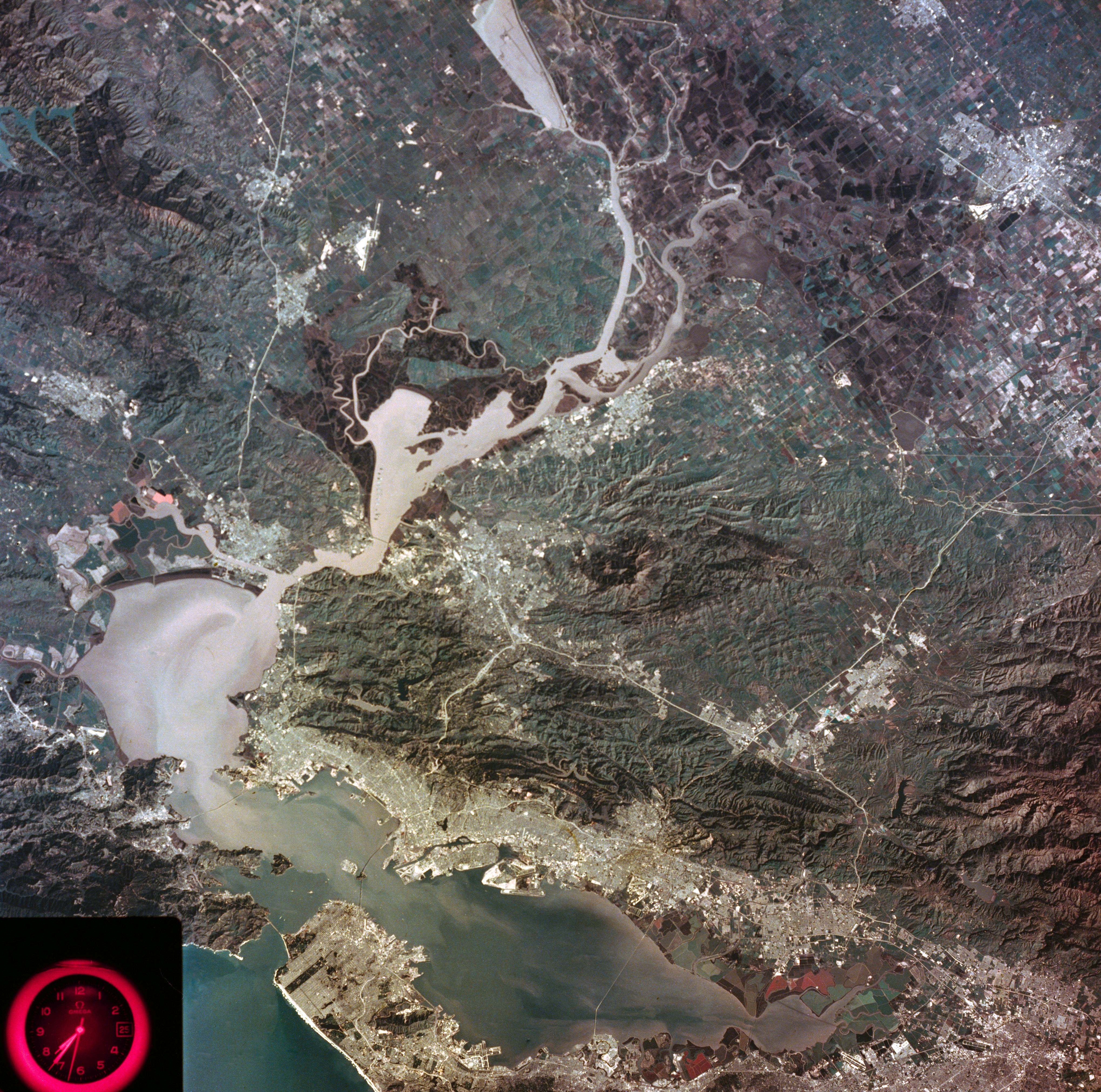
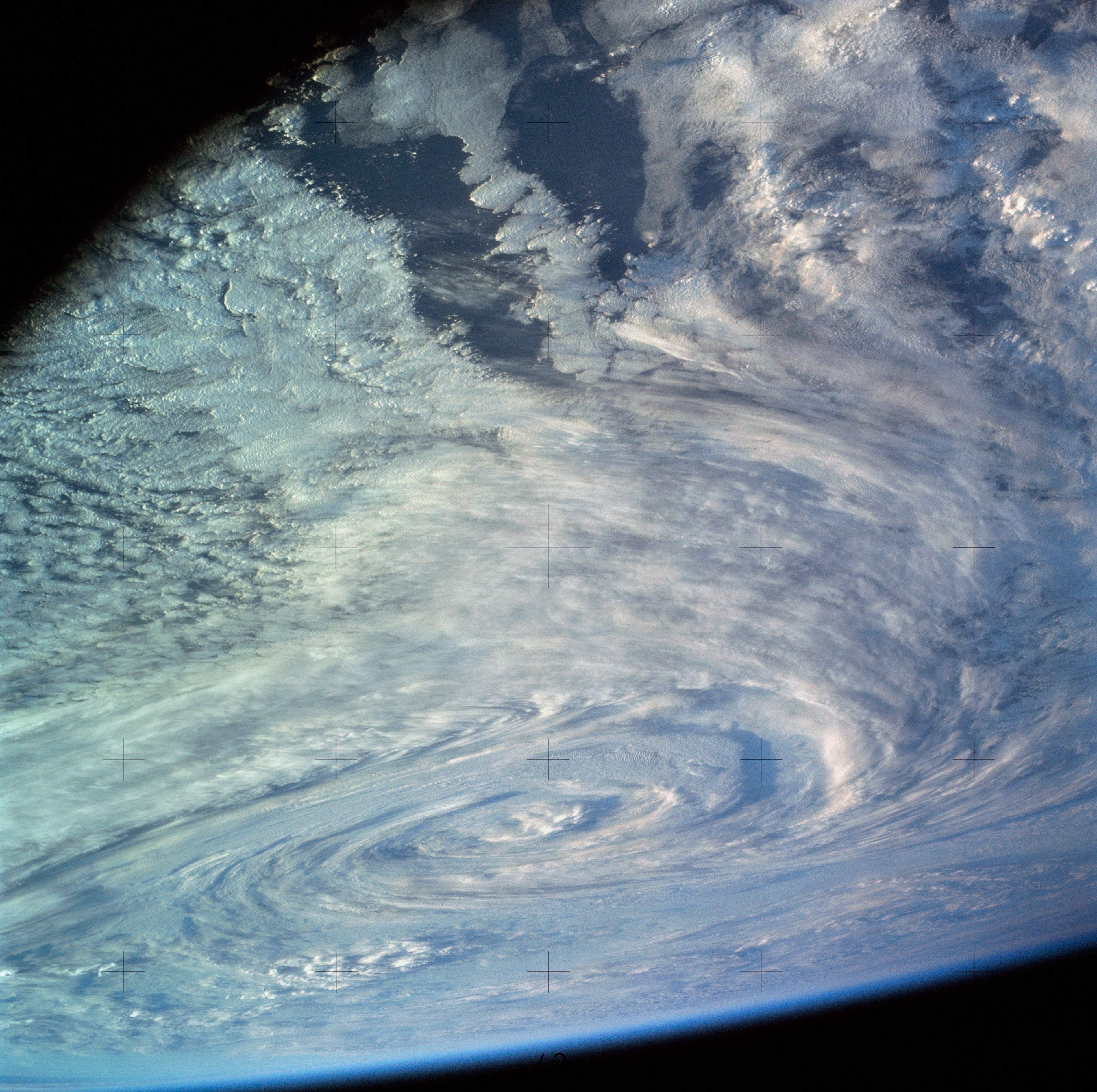
Left: Image of an enormous solar flare taken by among the Apollo Telescope Mount instruments. Middle: Earth Resources Experiment Package picture of the San Francisco Bay location. : Crew portable picture of a cyclone in the South Pacific.
On Dec. 13, the objective’s 28th day, program authorities evaluated the astronauts’ efficiency and the status of the station and completely anticipated that they might finish the small 56-day objective and probably the complete 84 days. Regardless of being overworked and frequently behind the timeline, Carr, Gibson, and Pogue had actually currently achieved 84 hours of solar observations, 12 Earth resources passes, 80 photographic and visual Earth observations, all of the scheduled medical experiments, along with various other activities such as trainee experiments, and science presentations. The astronaut’s significant issue focused around the timelining procedure that had actually not provided time to adapt to their brand-new environment and did not take into consideration their on-orbit everyday regimen. In spite of the team sending out taped spoken messages to the ground requesting for aid in repairing these problems, the issue continued. Skylab 4 Lead Flight Director Neil B. Hutchinson later on confessed that the ground group discovered numerous lessons about timelining long period of time objectives throughout the very first couple of weeks of Skylab 4.
For more insight into the Skylab 4 objective, checked out Carr‘s, Gibson‘s, and Pogue‘s narrative histories with the JSC History Office
To be continued …
With unique thanks to Ed Hengeveld for his professional contributions on Skylab images.
Discover more from CaveNews Times
Subscribe to get the latest posts sent to your email.


























![Exploring the Serene Beauty of Nature: A Reflection on [YouTube video title]](https://cavemangardens.art/storage/2024/04/114803-exploring-the-serene-beauty-of-nature-a-reflection-on-youtube-video-title-360x180.jpg)























